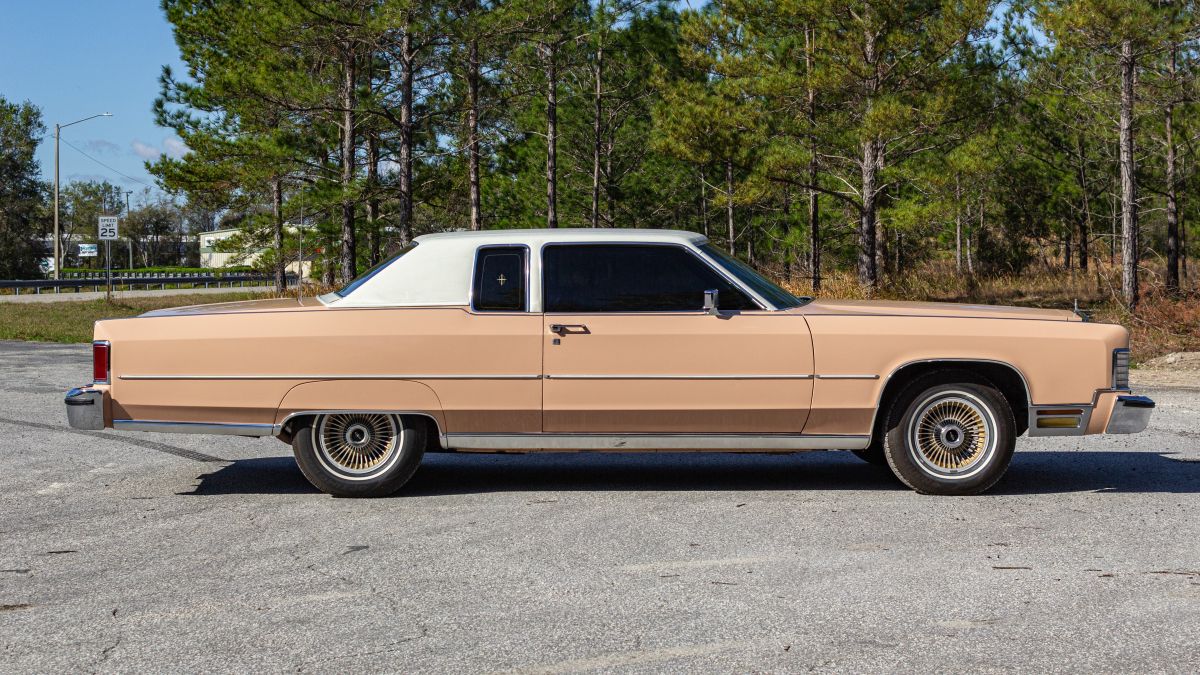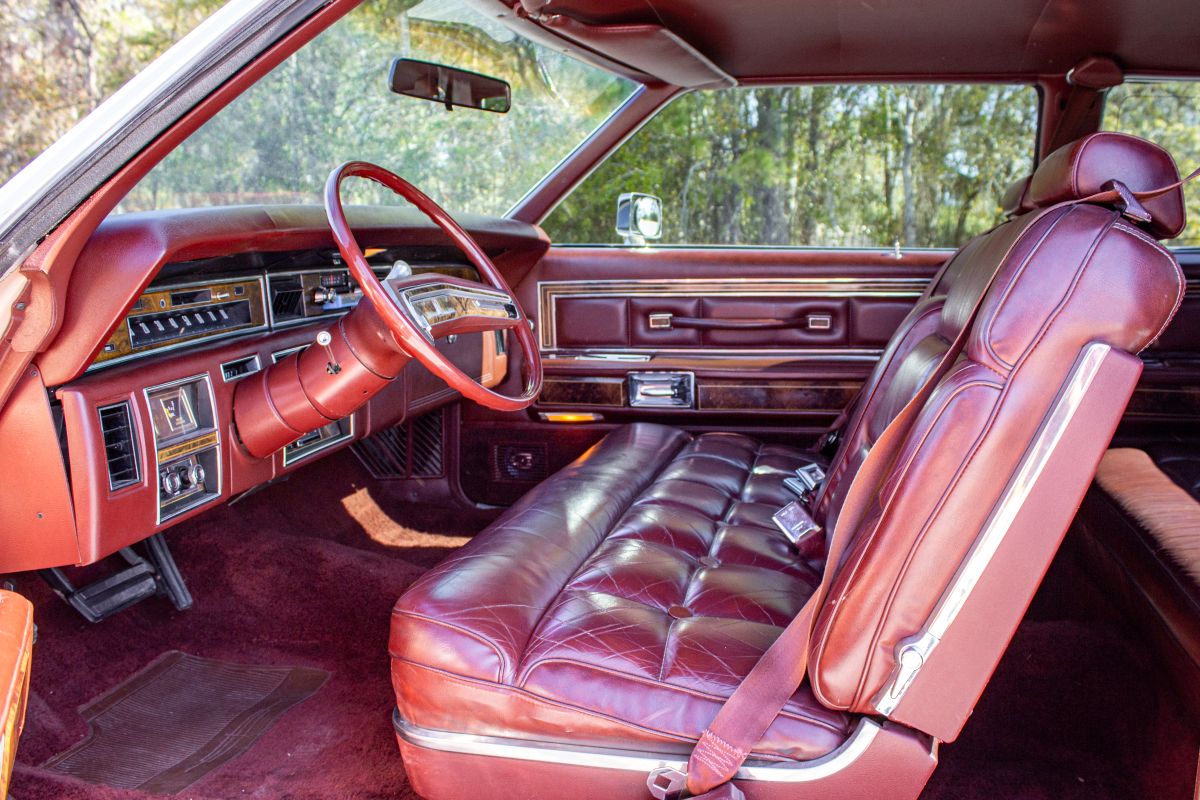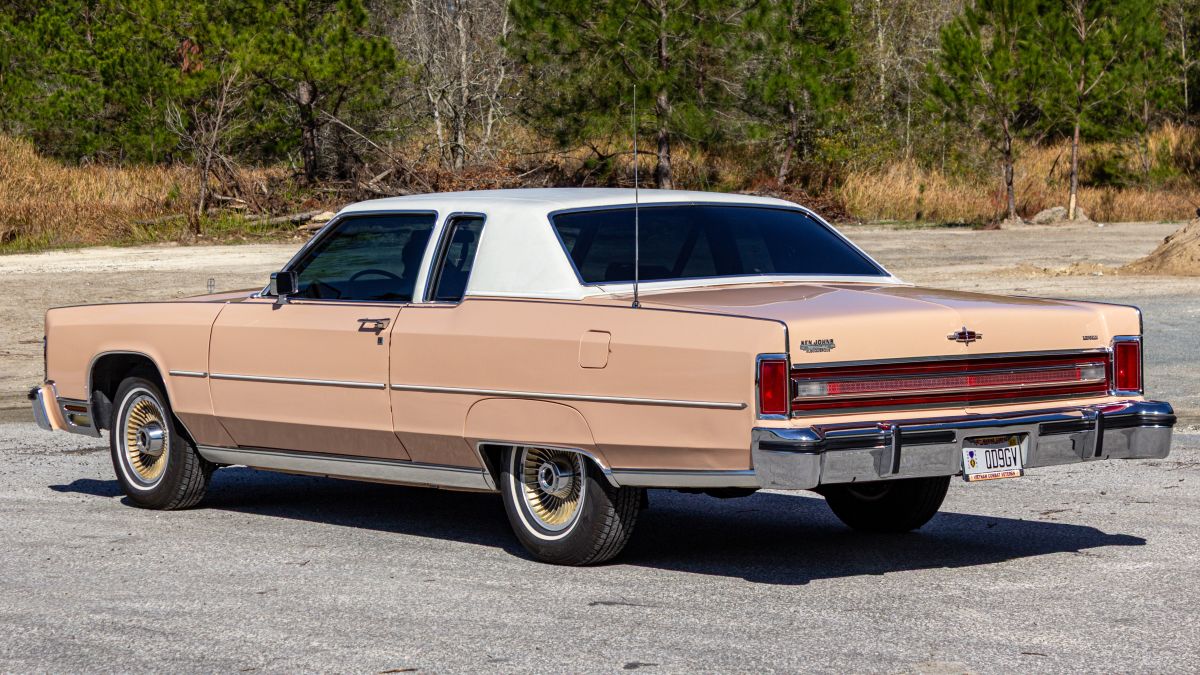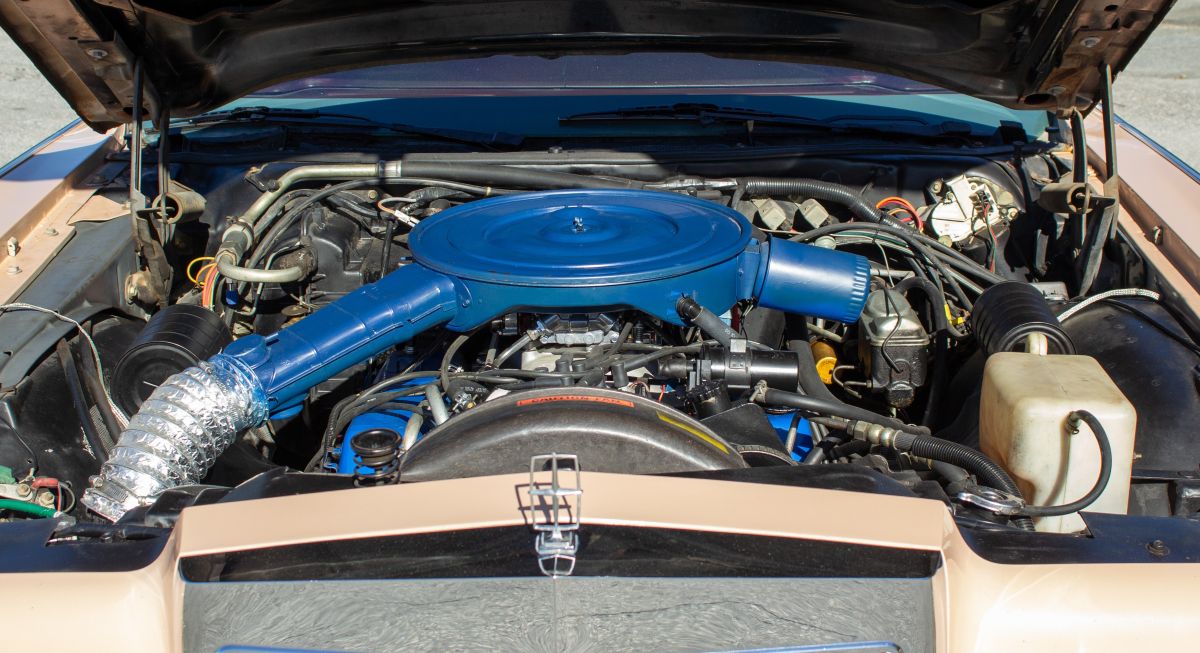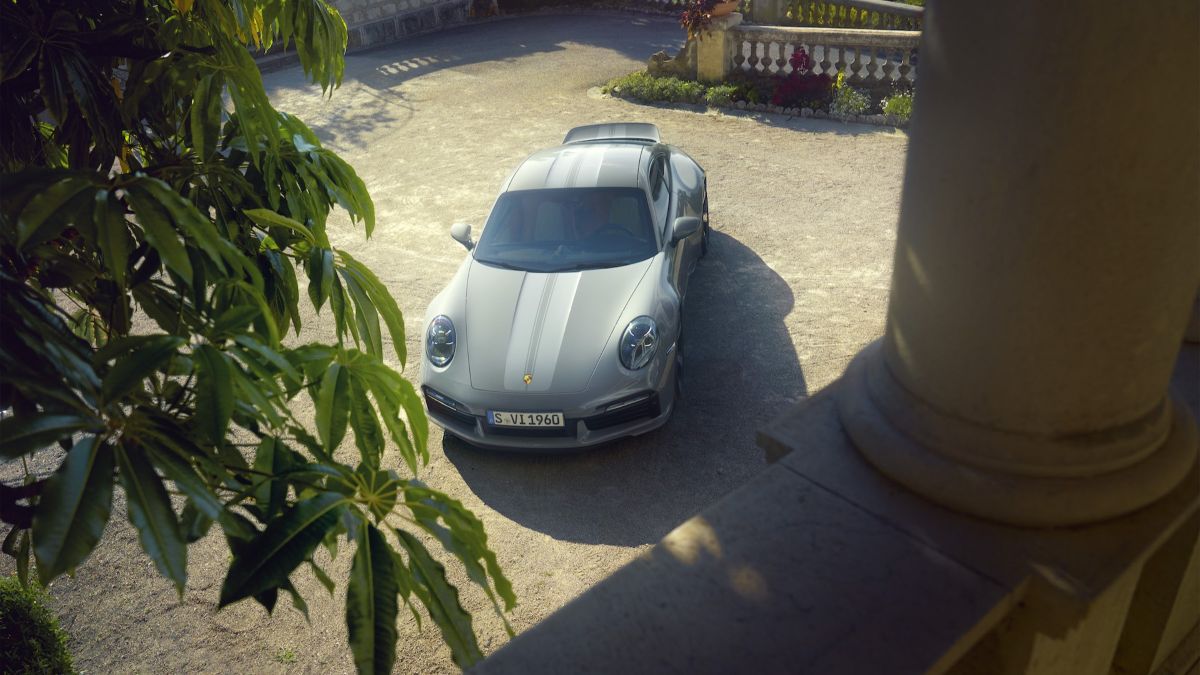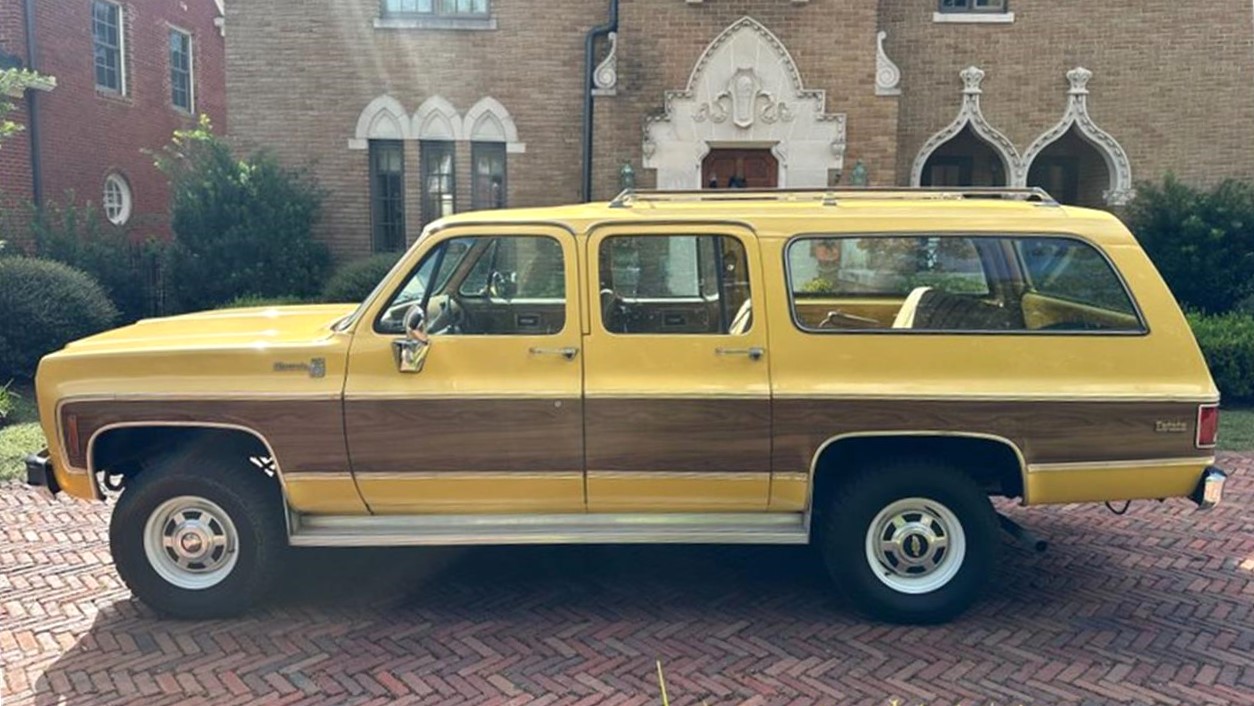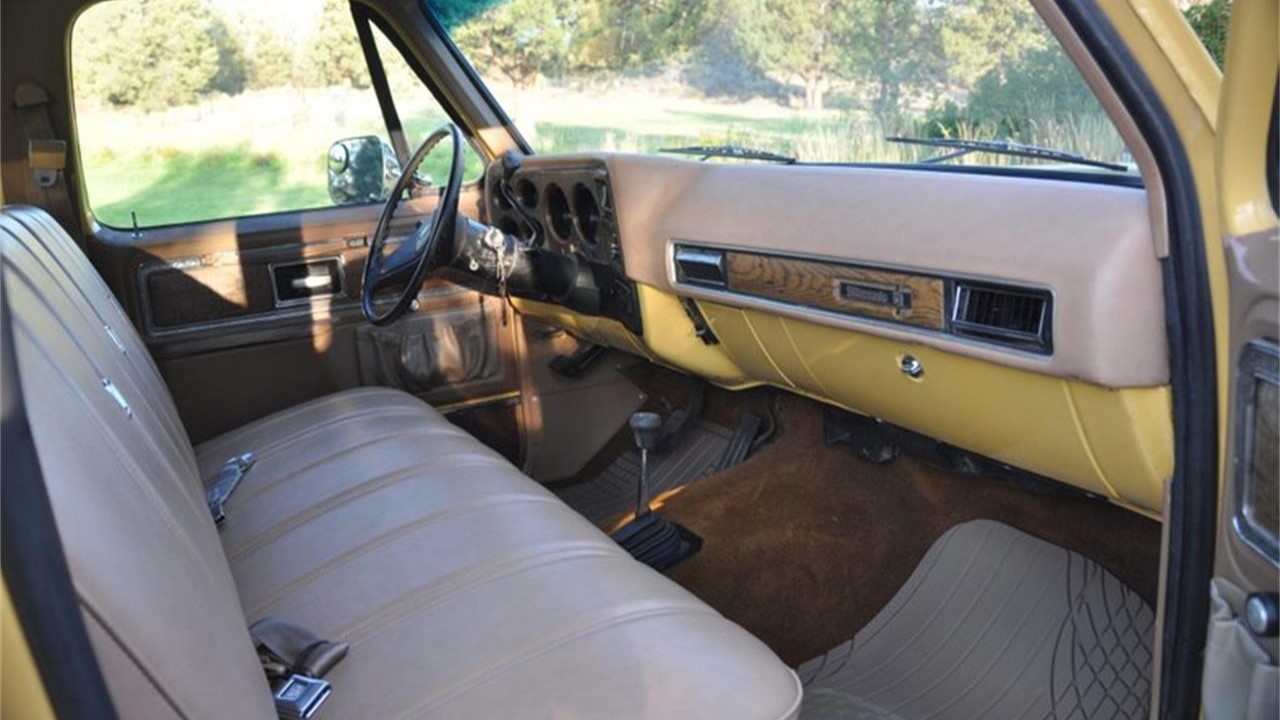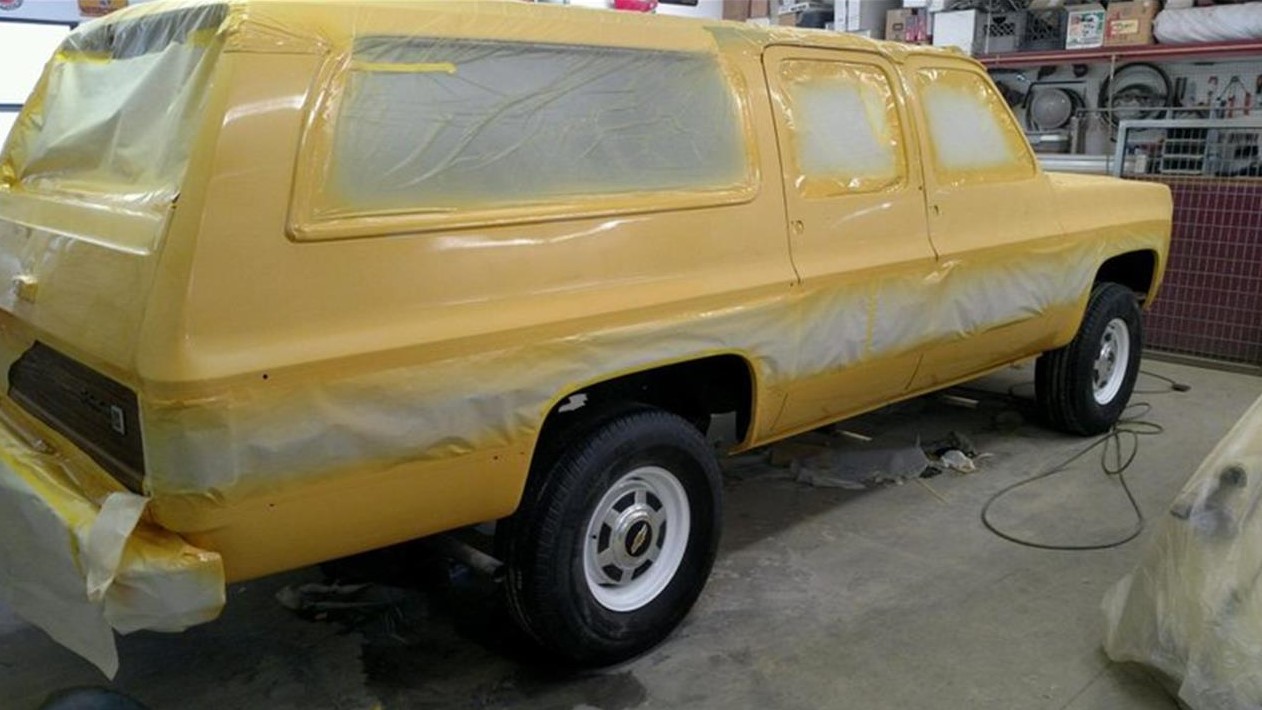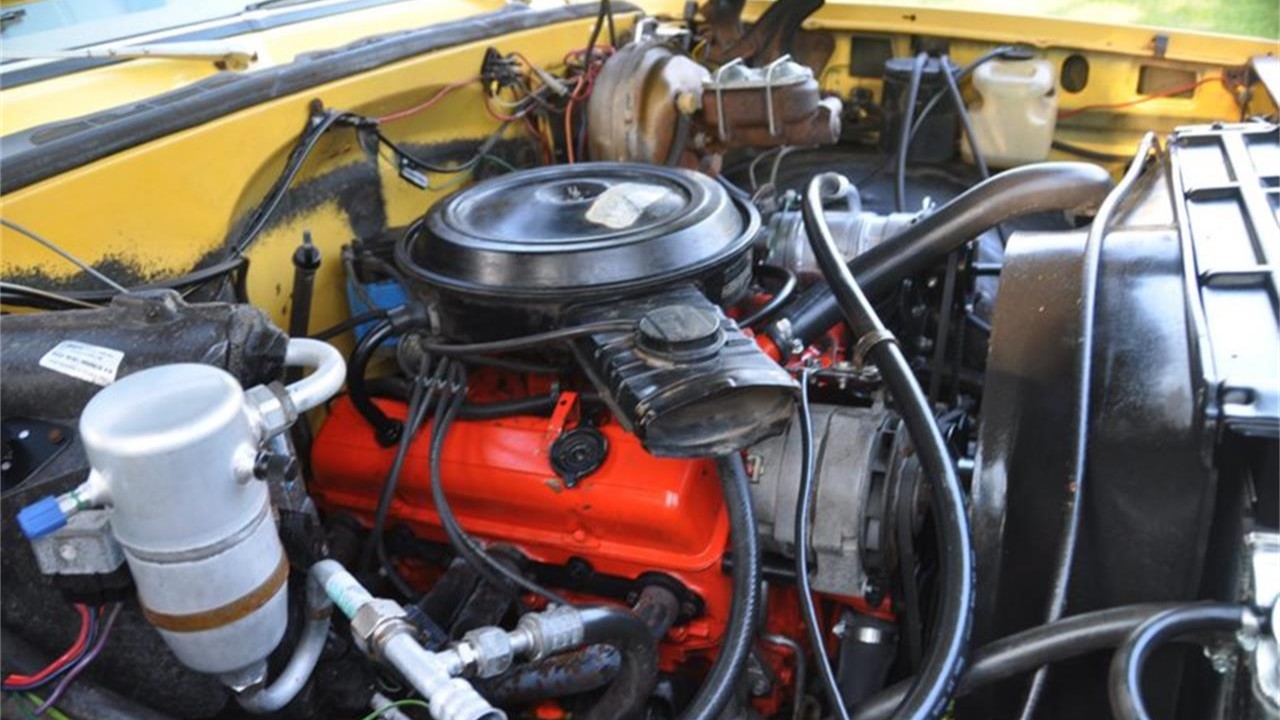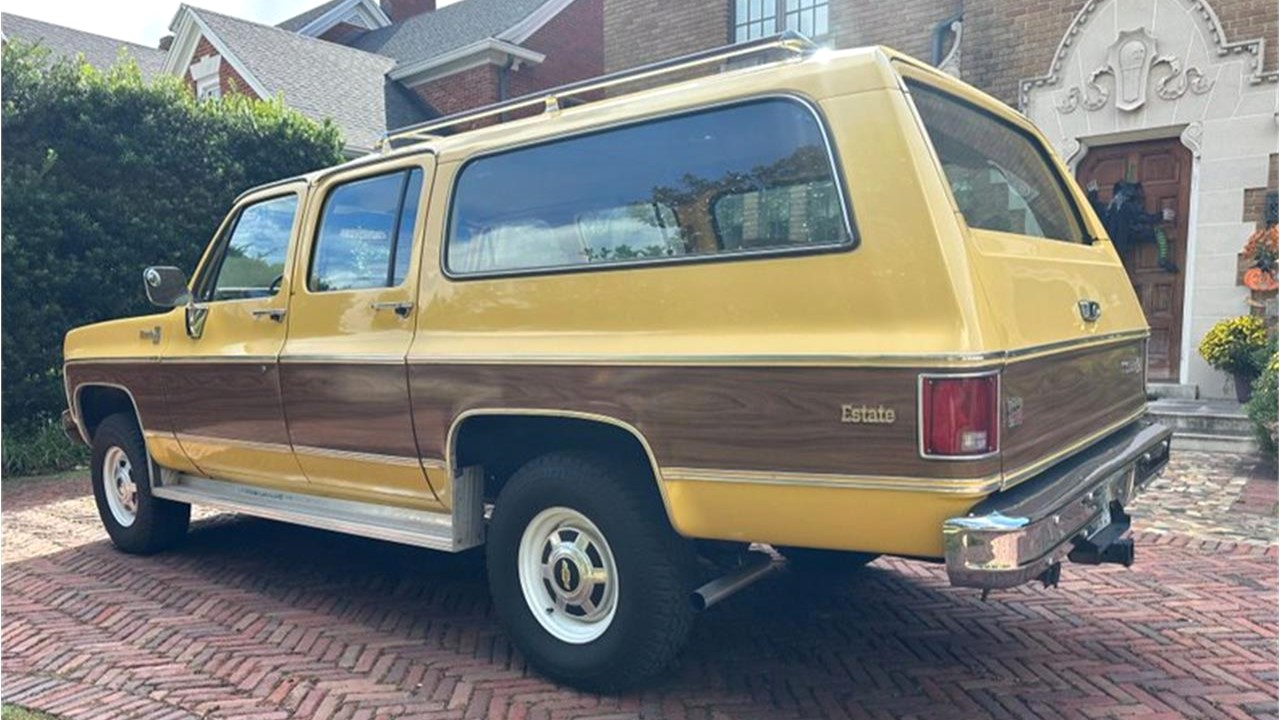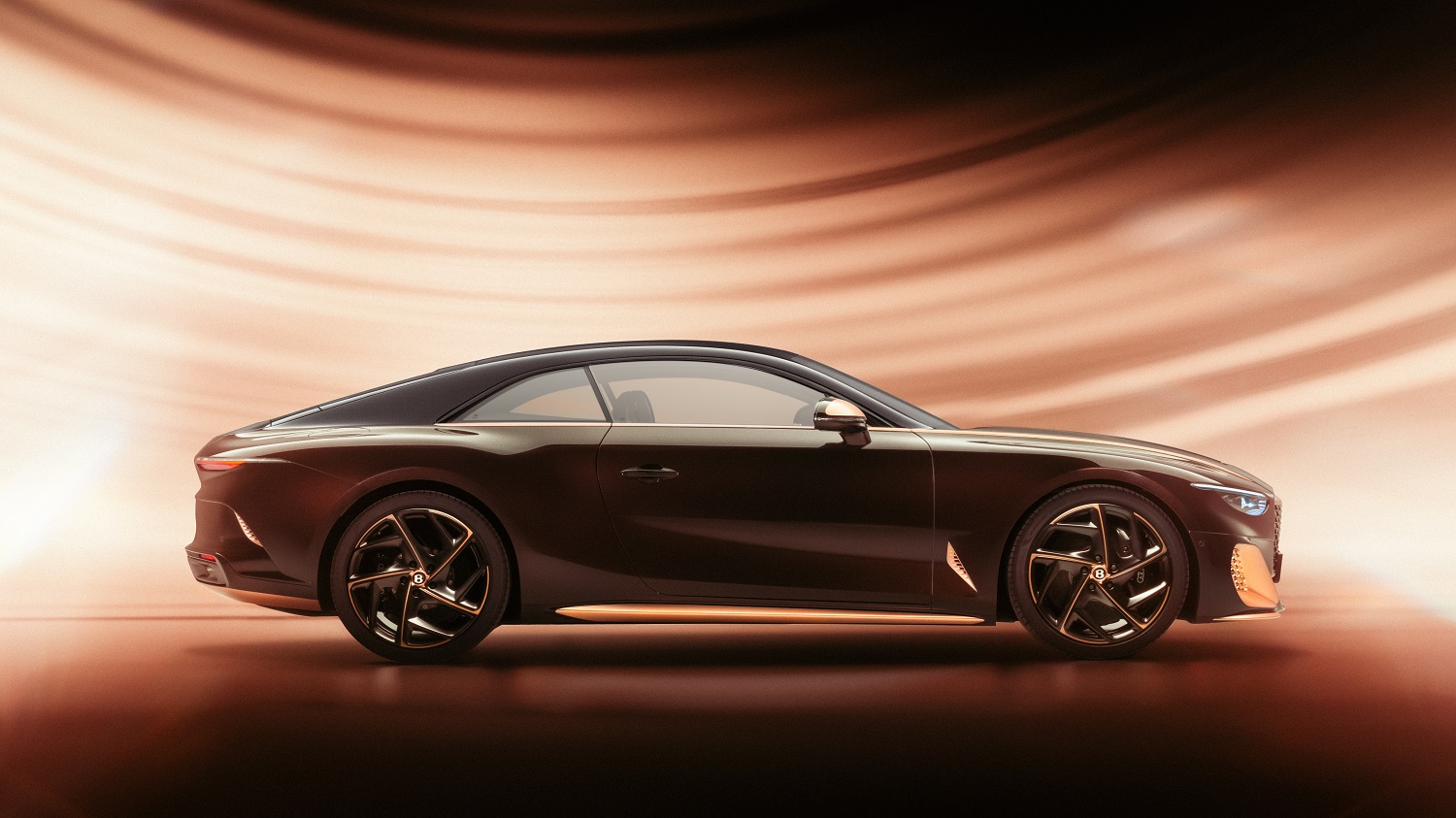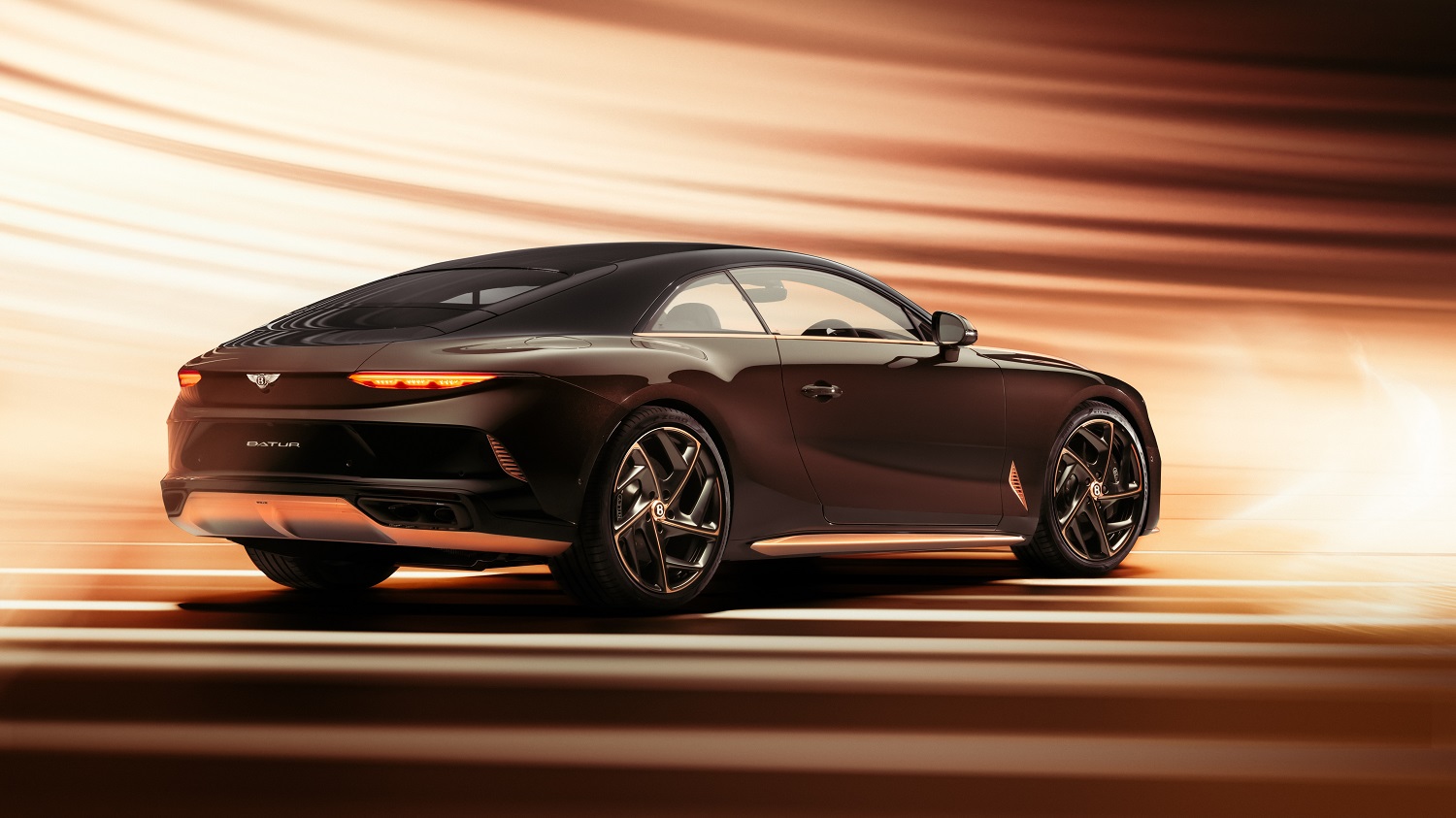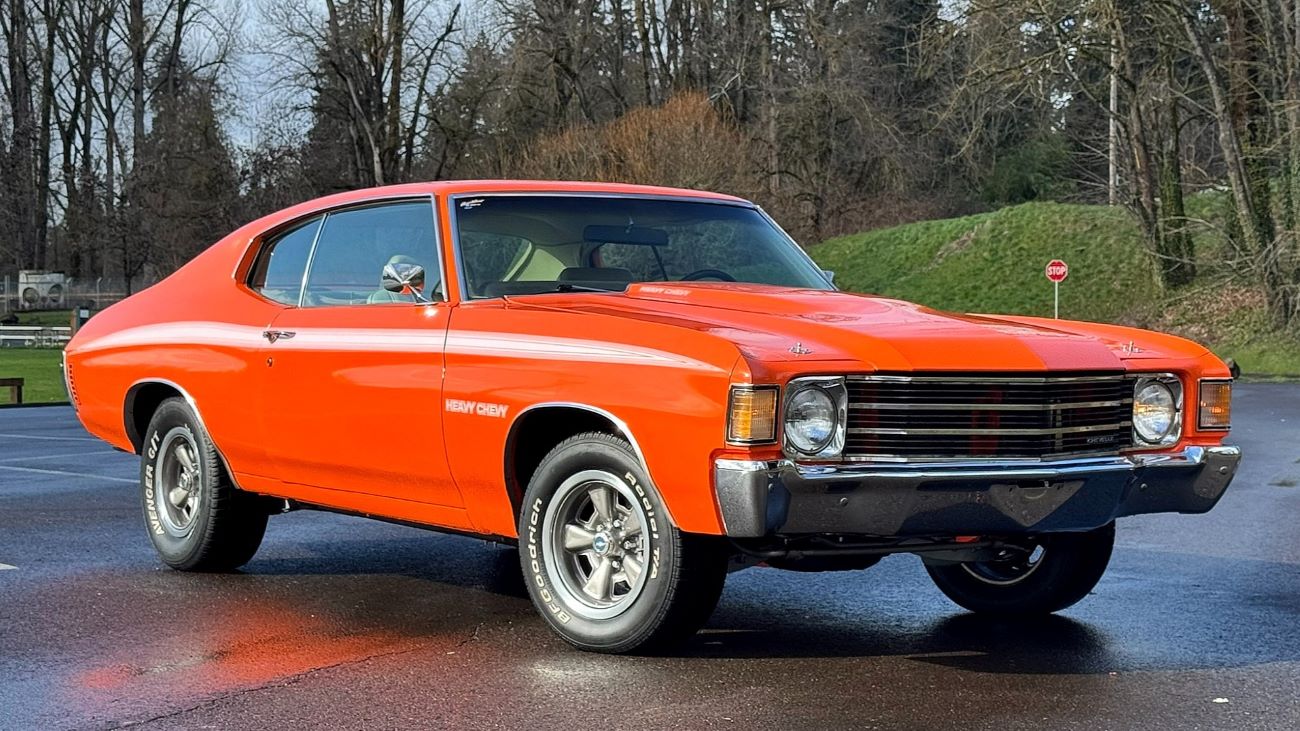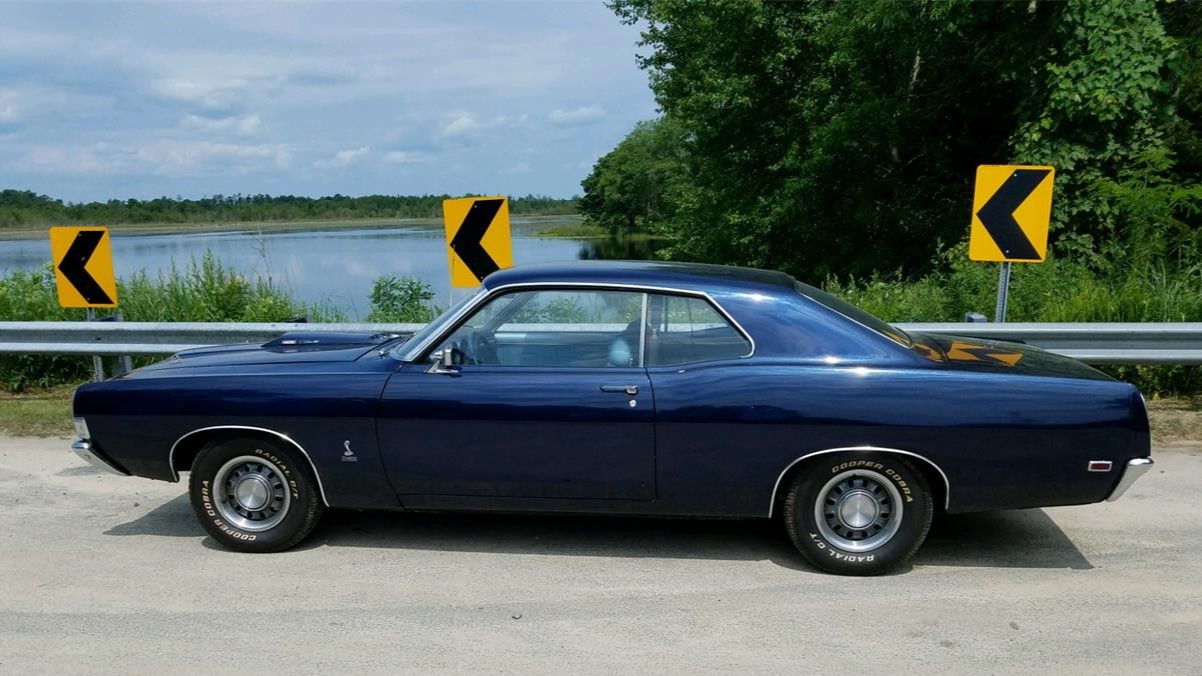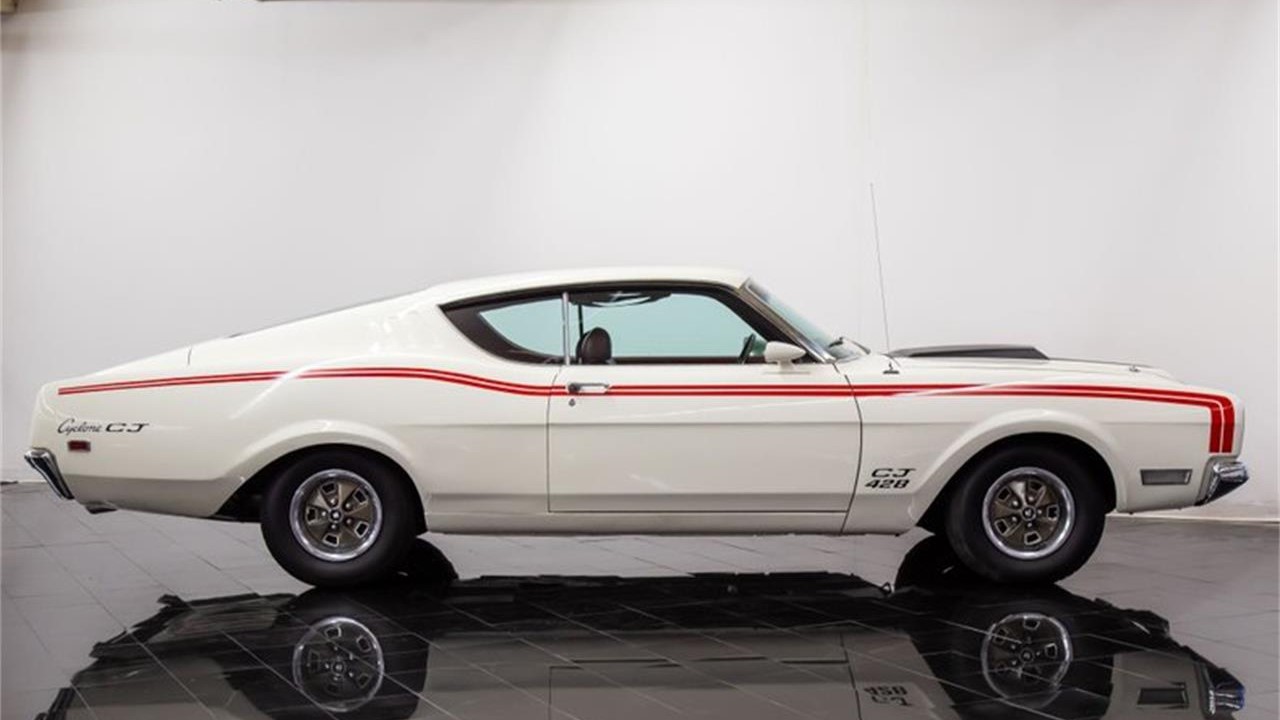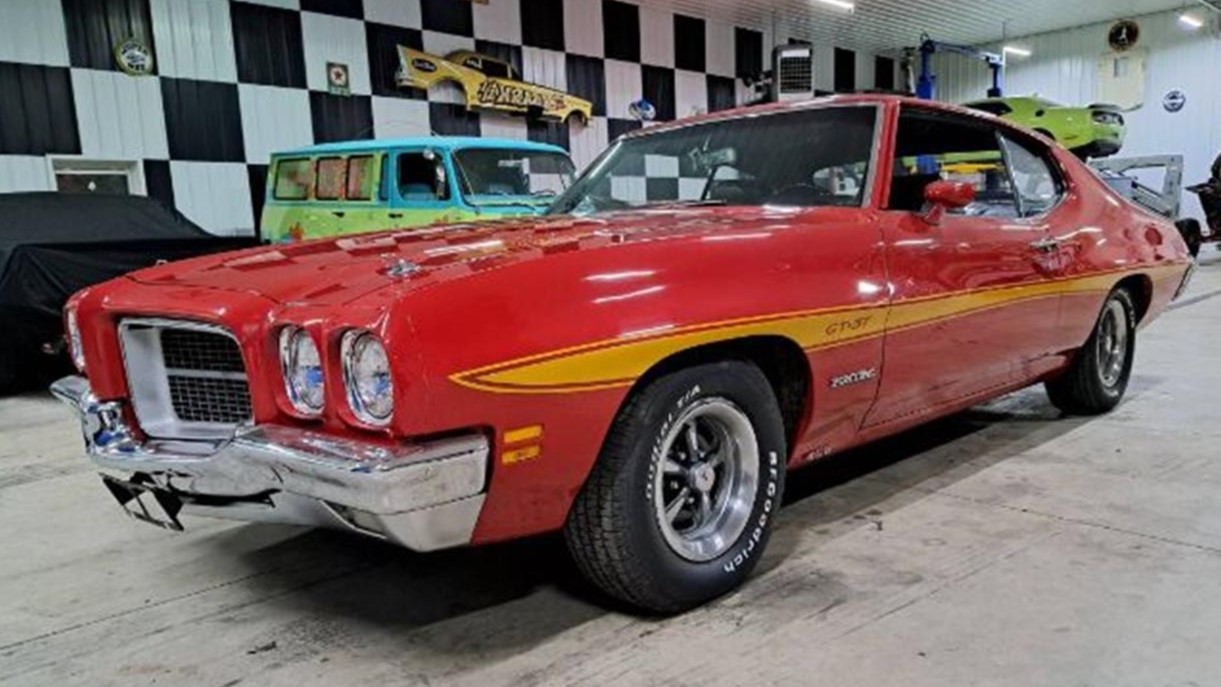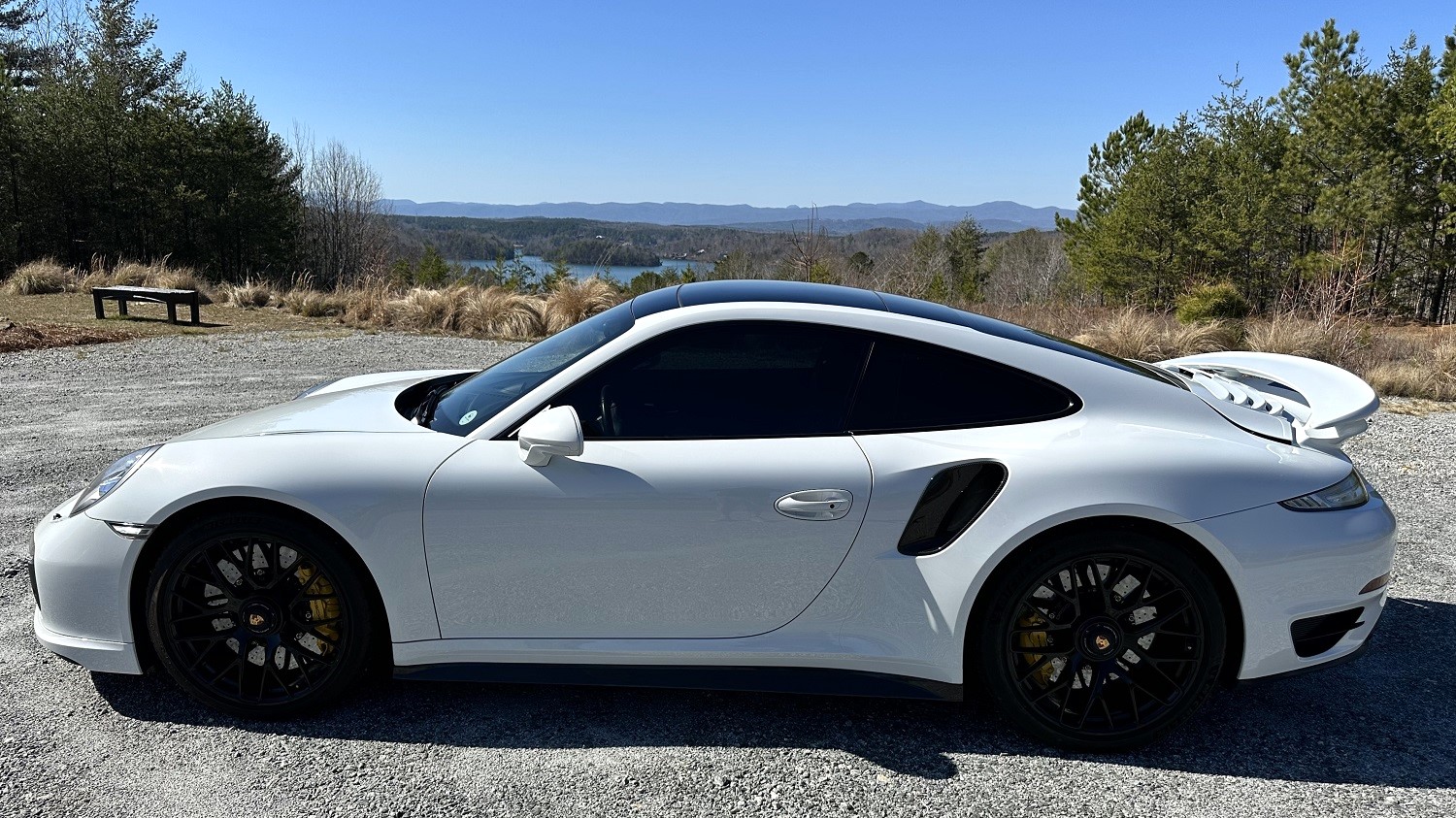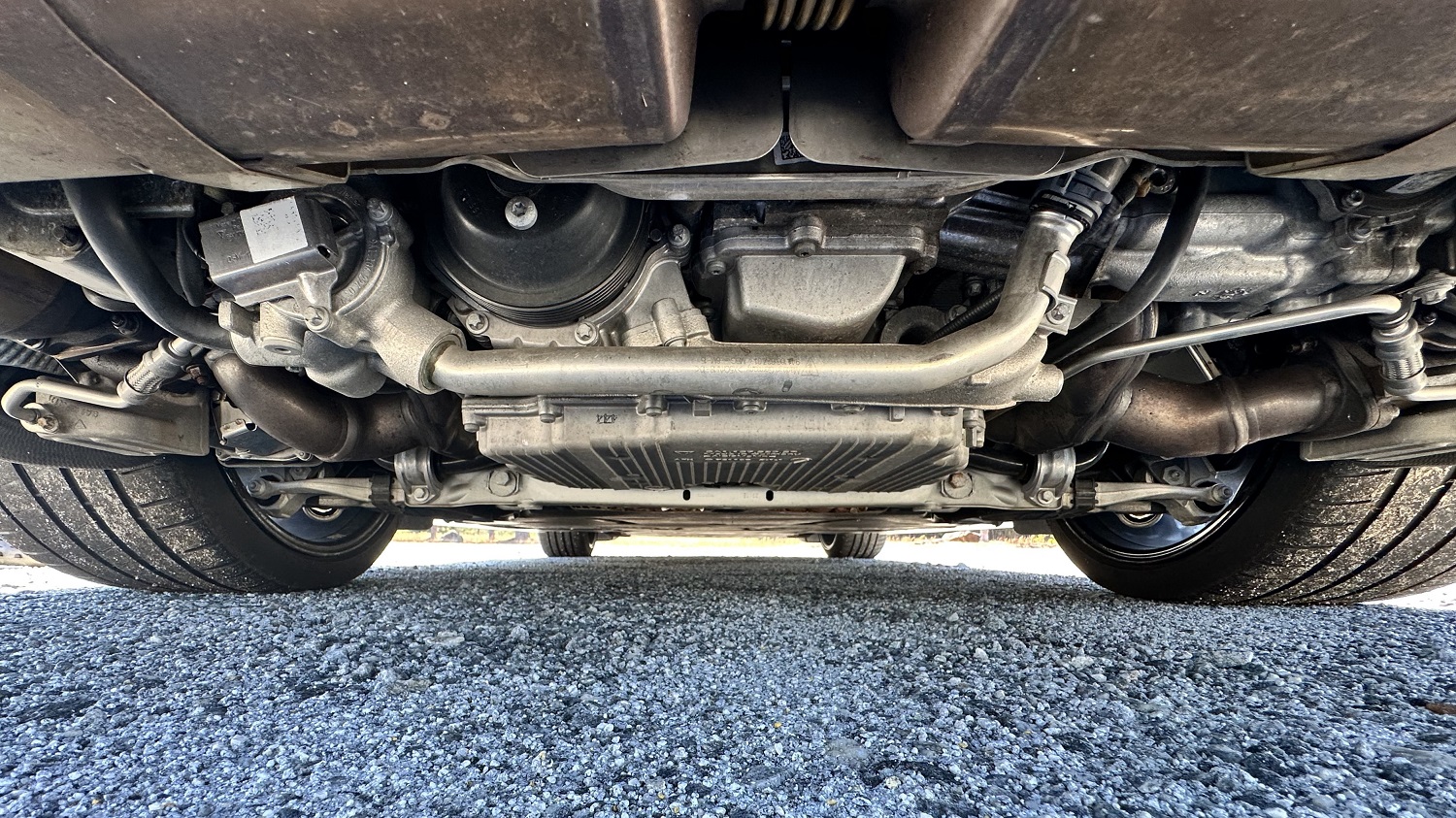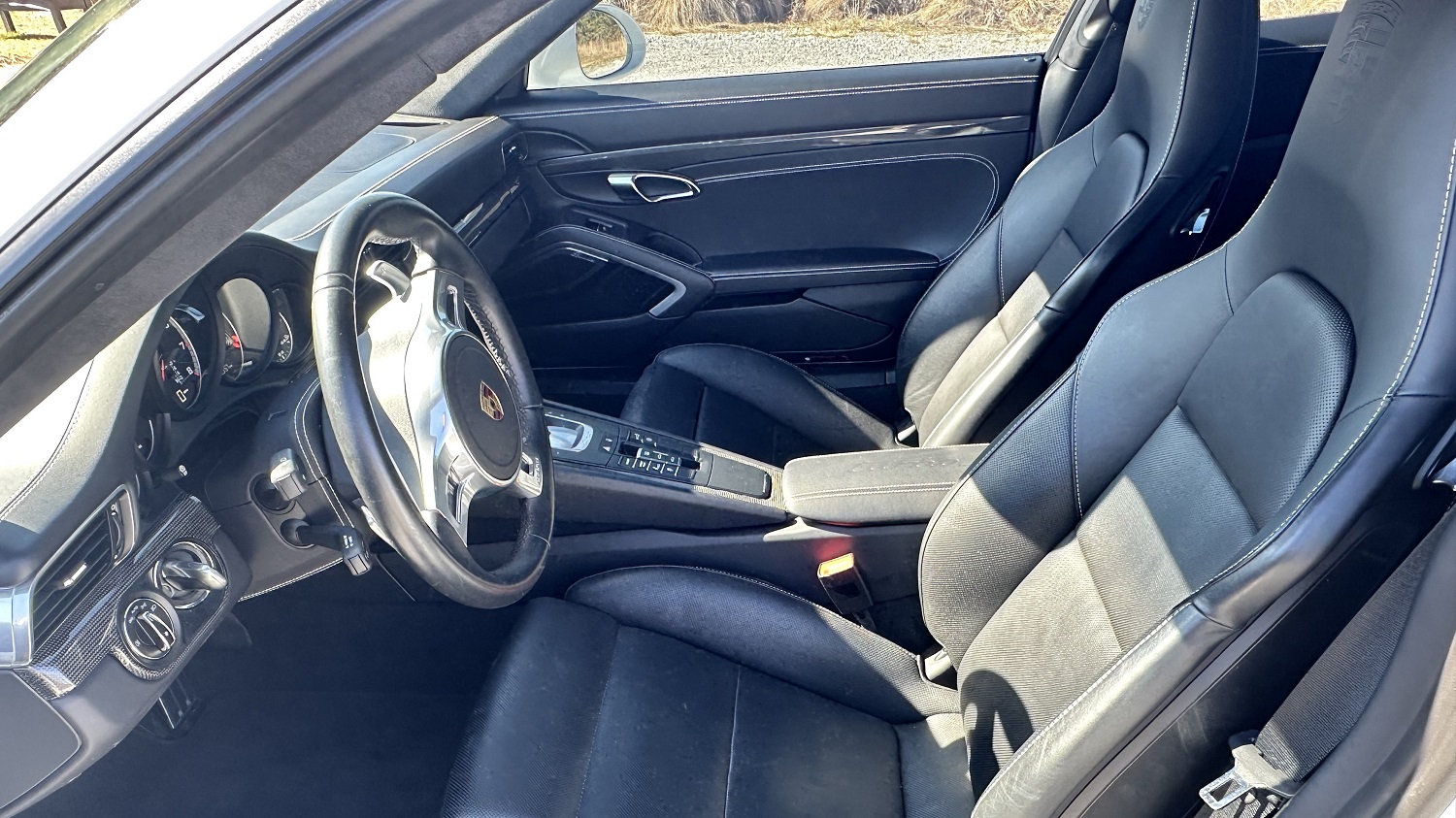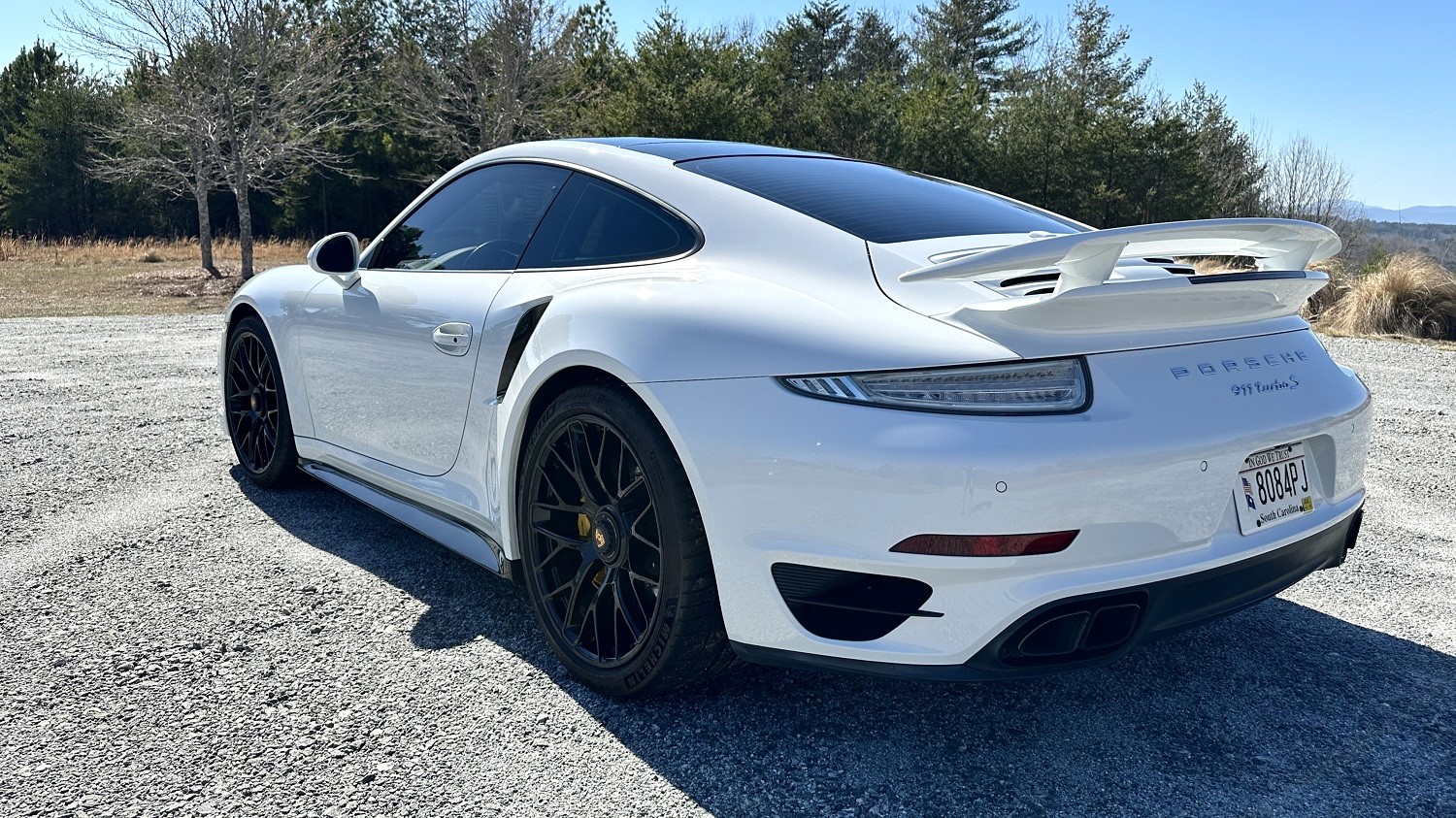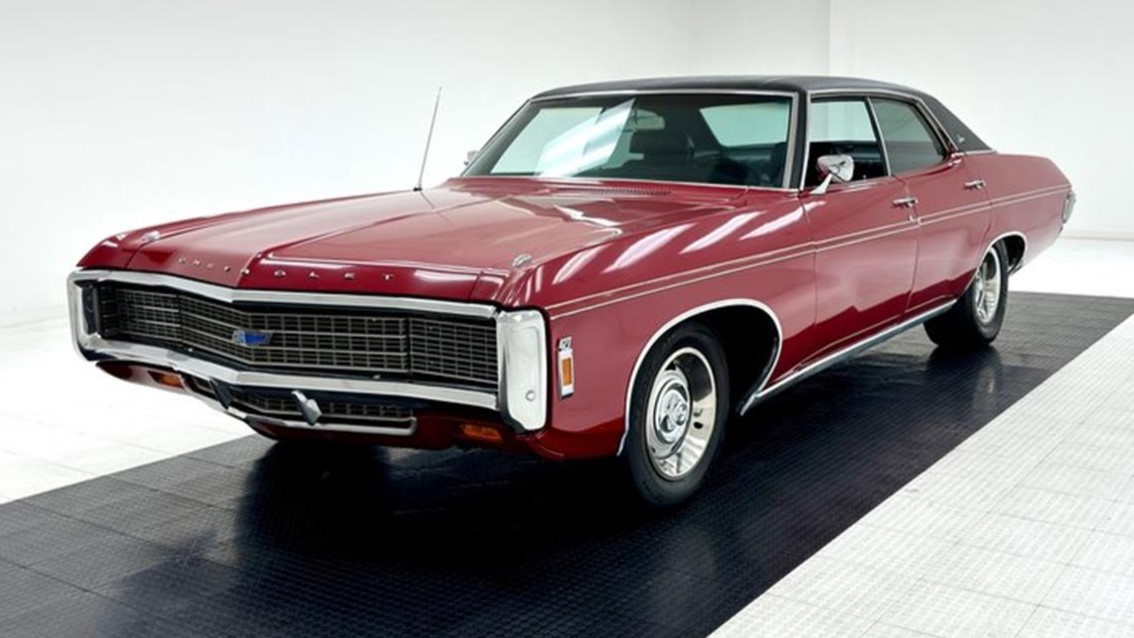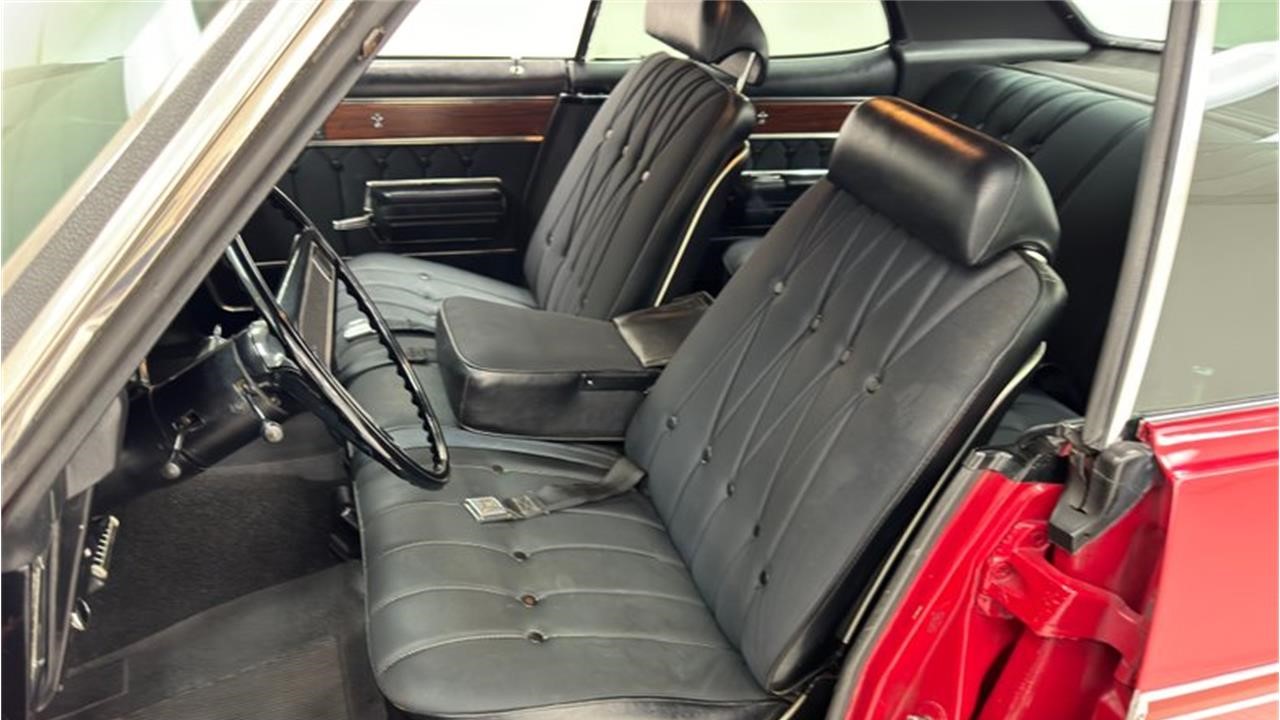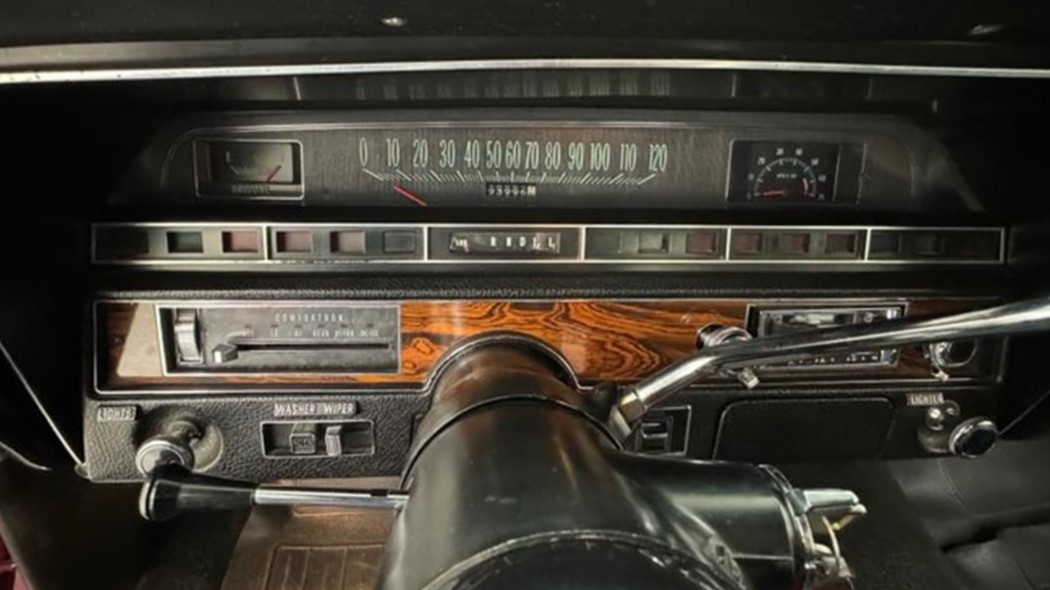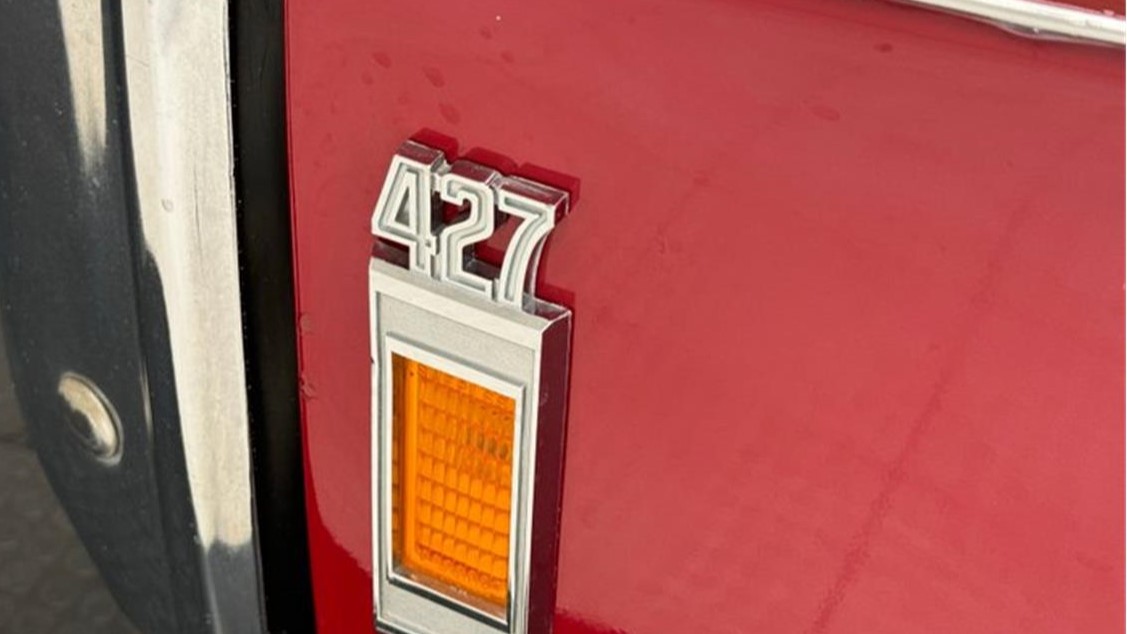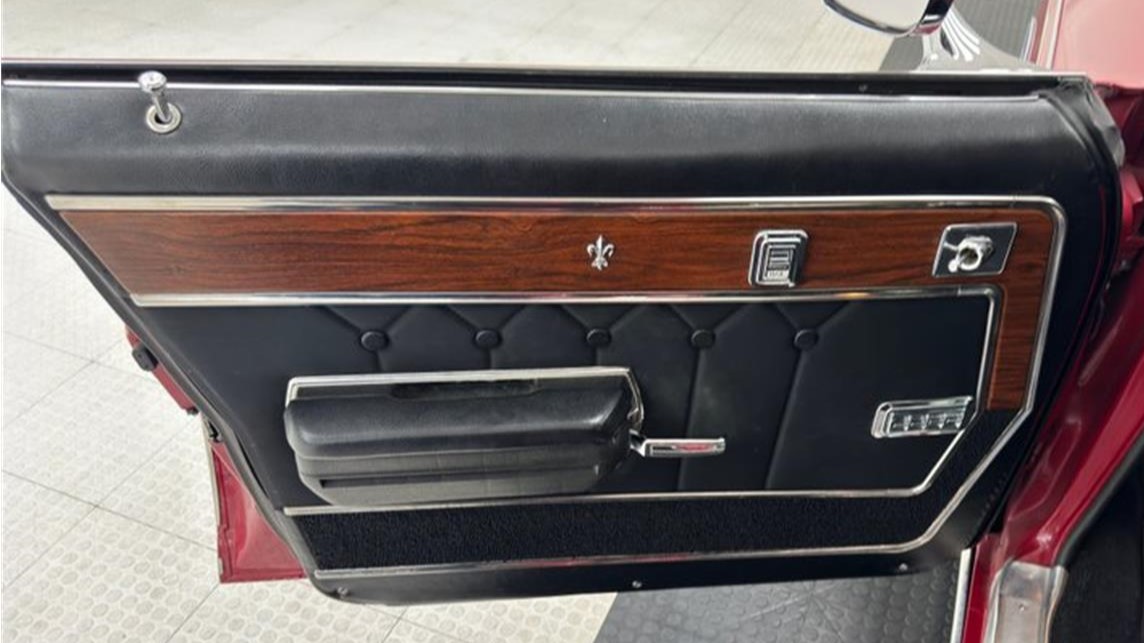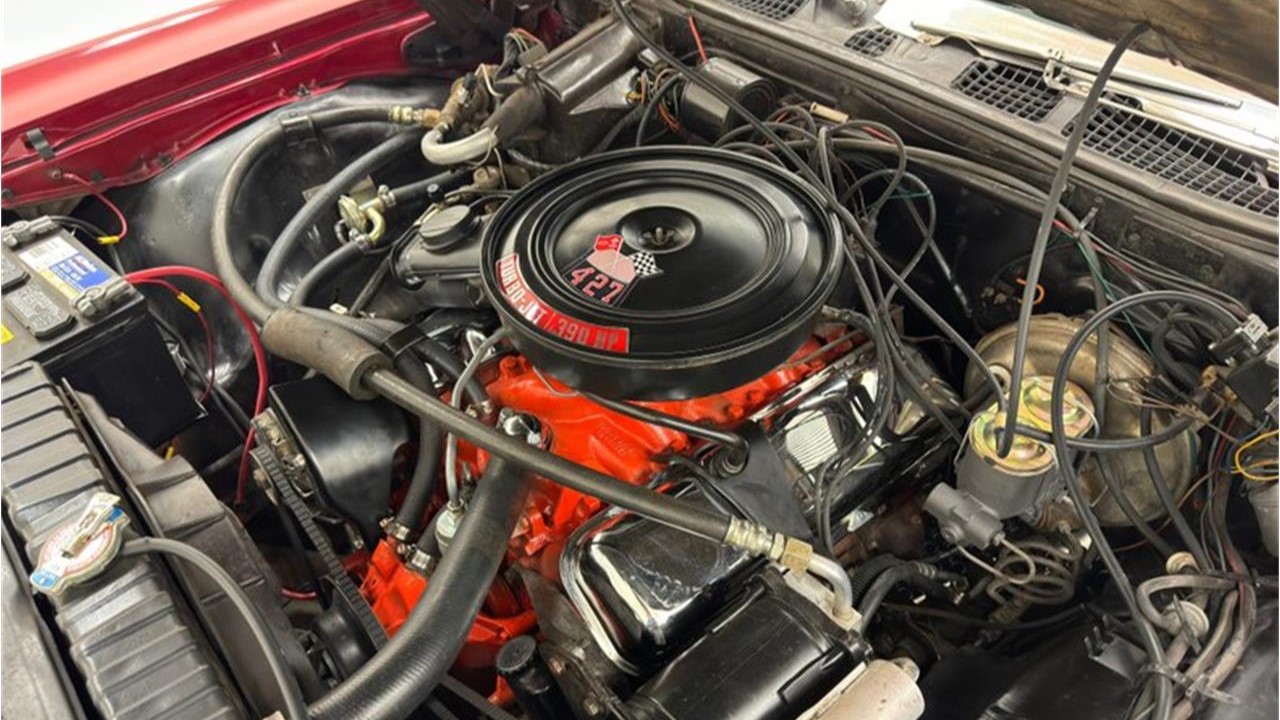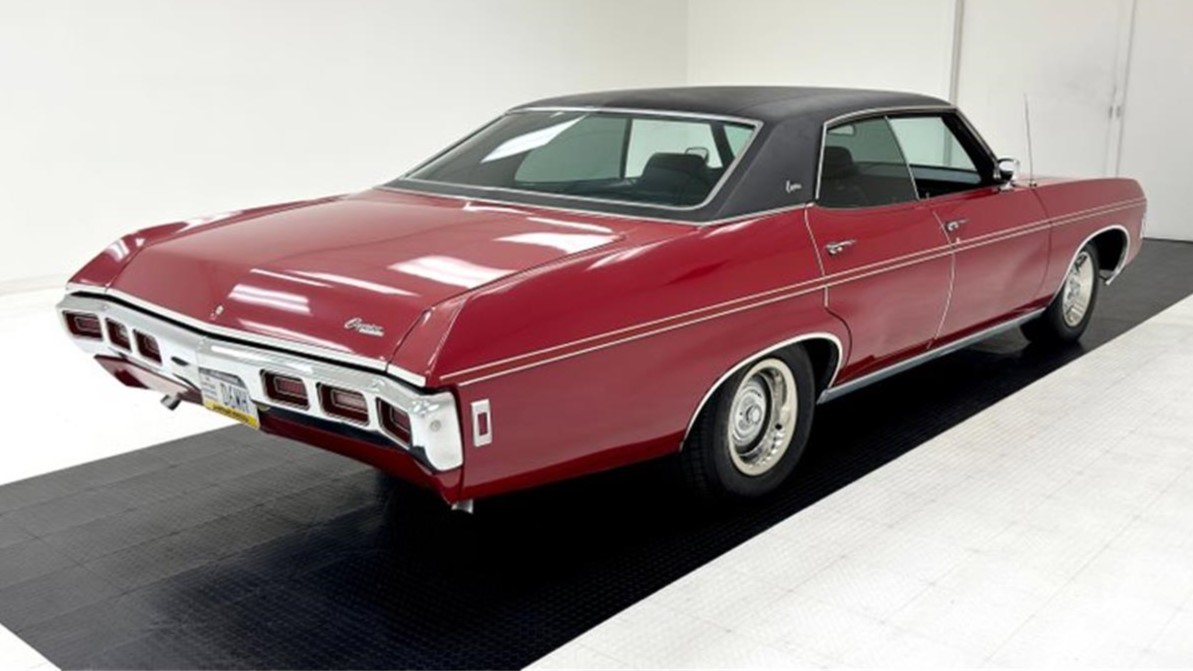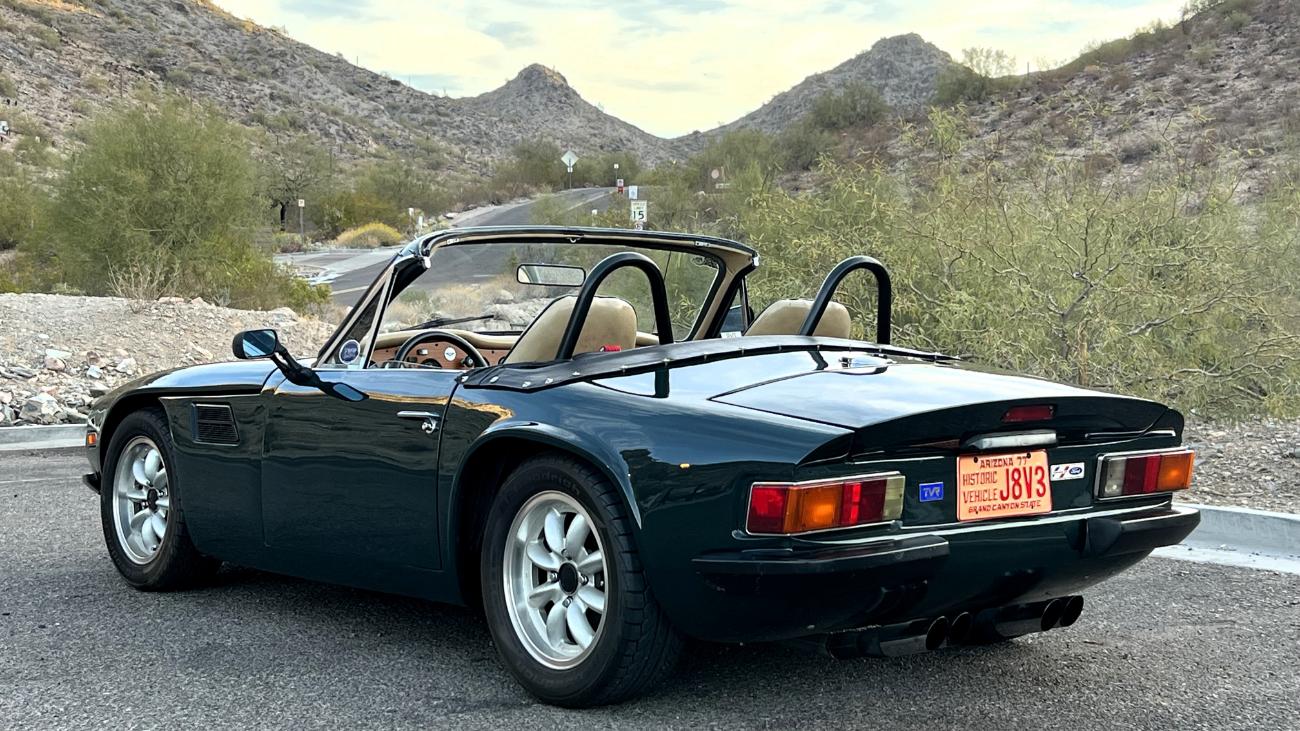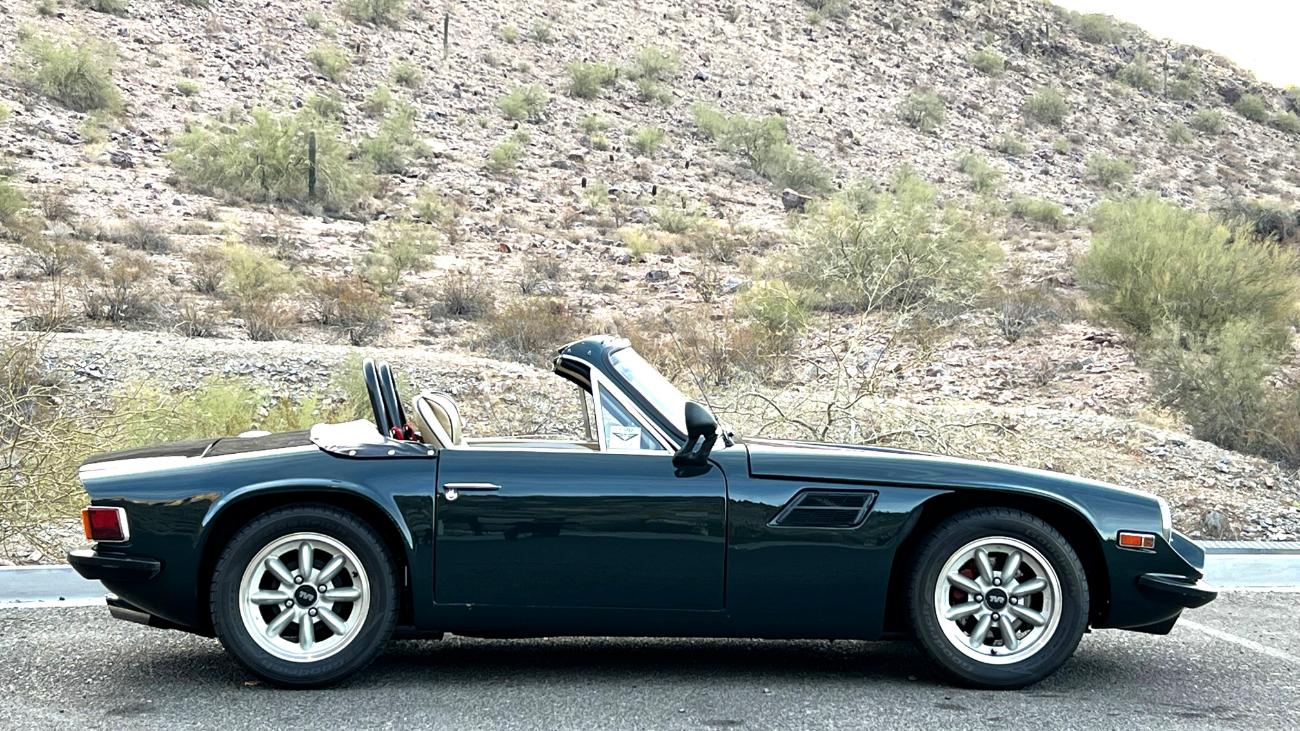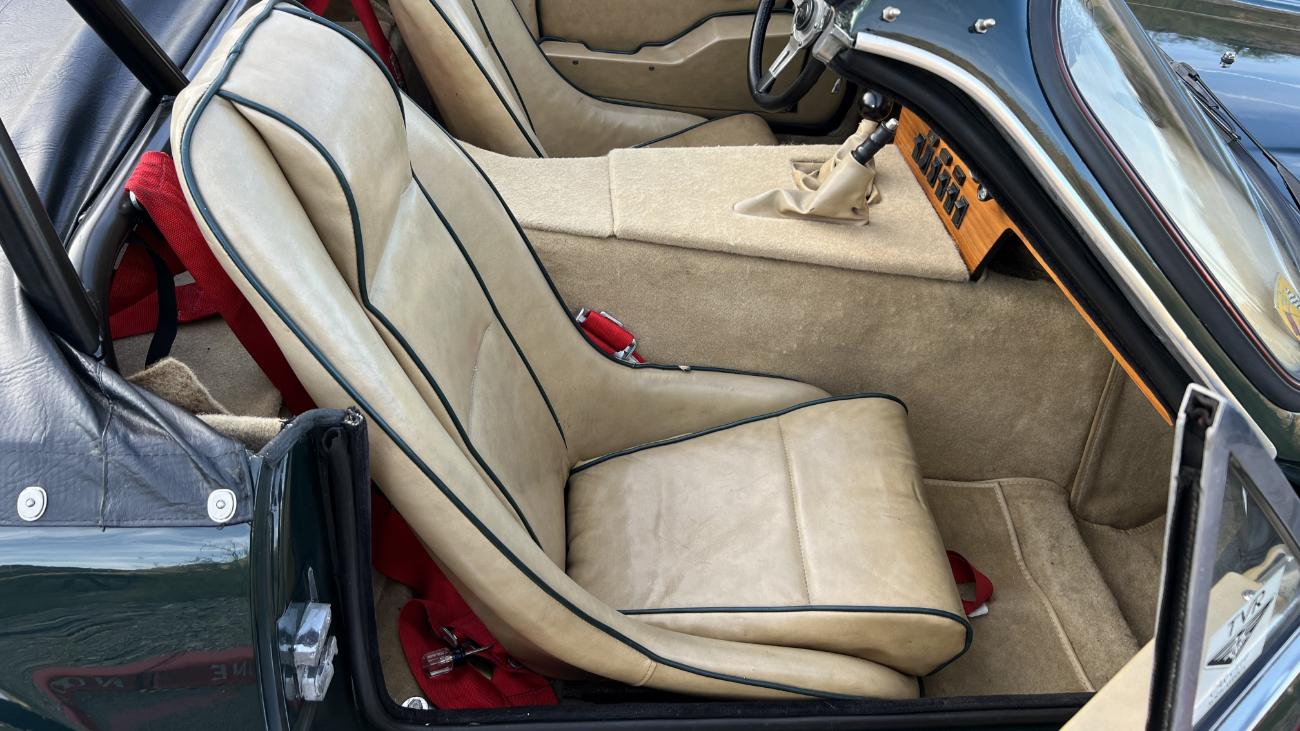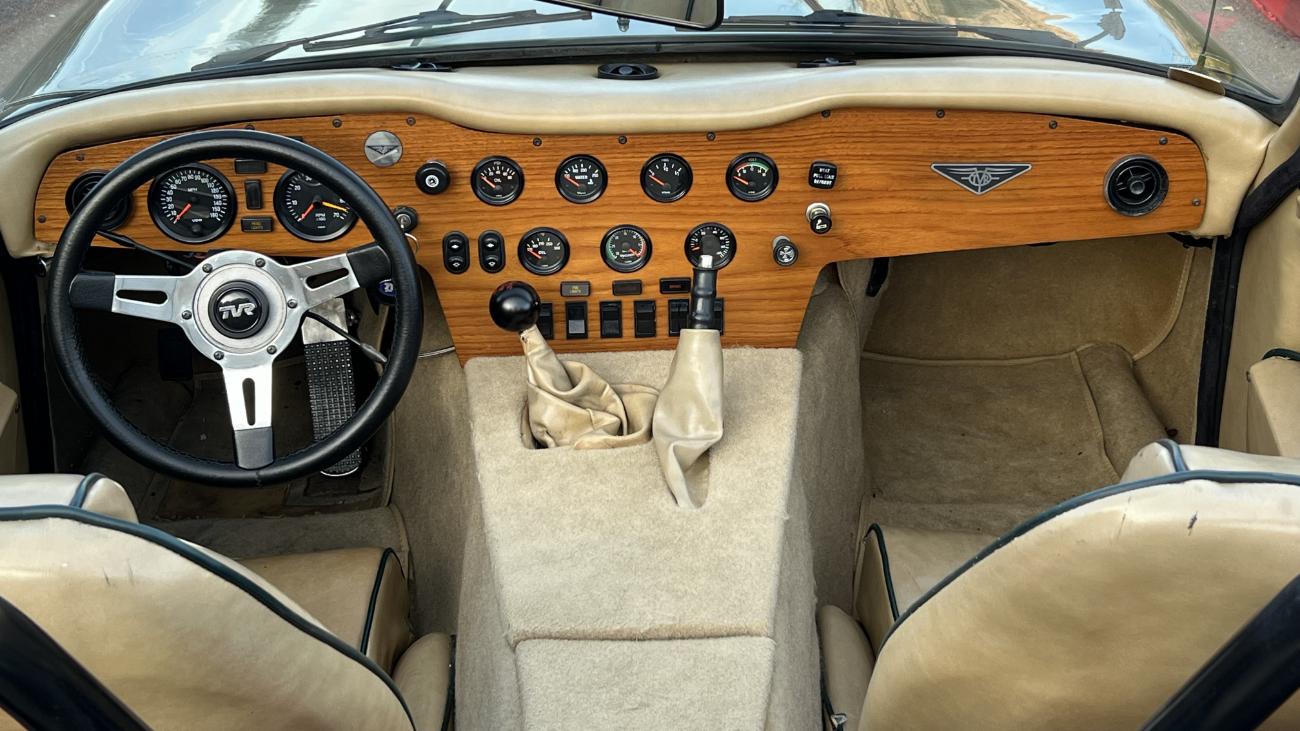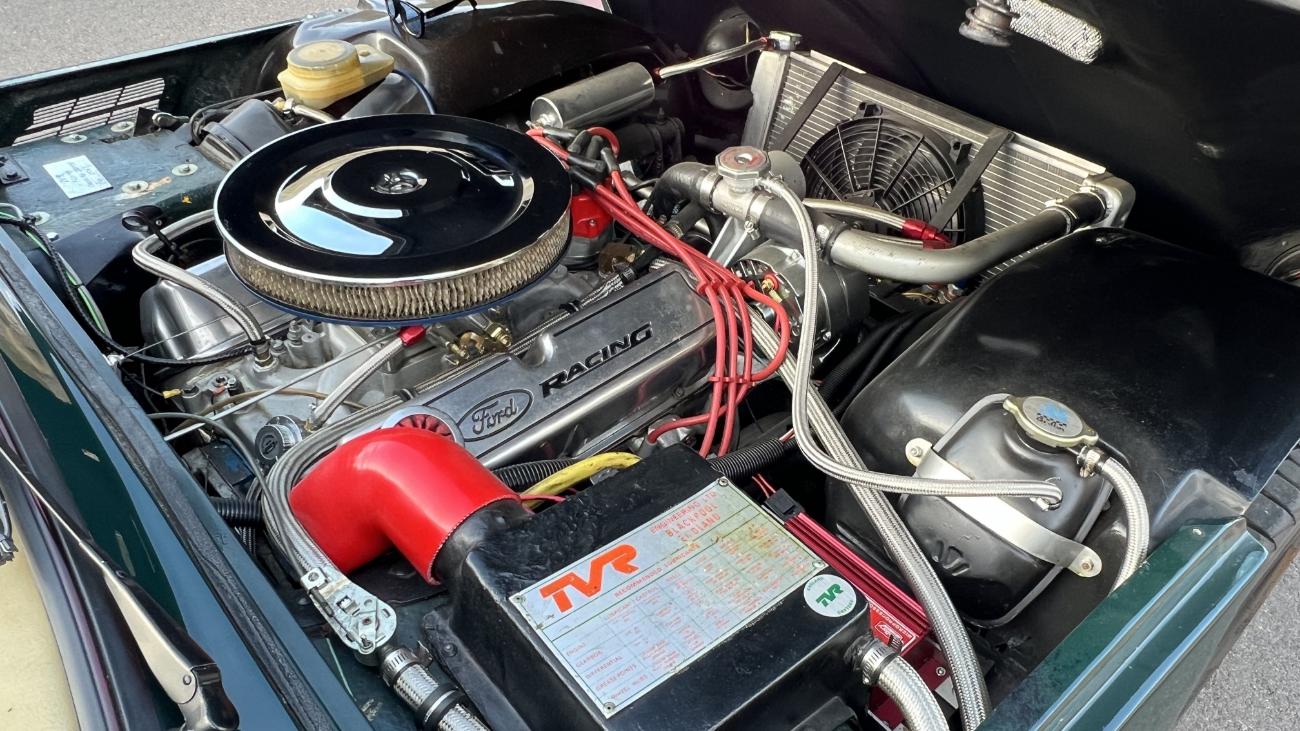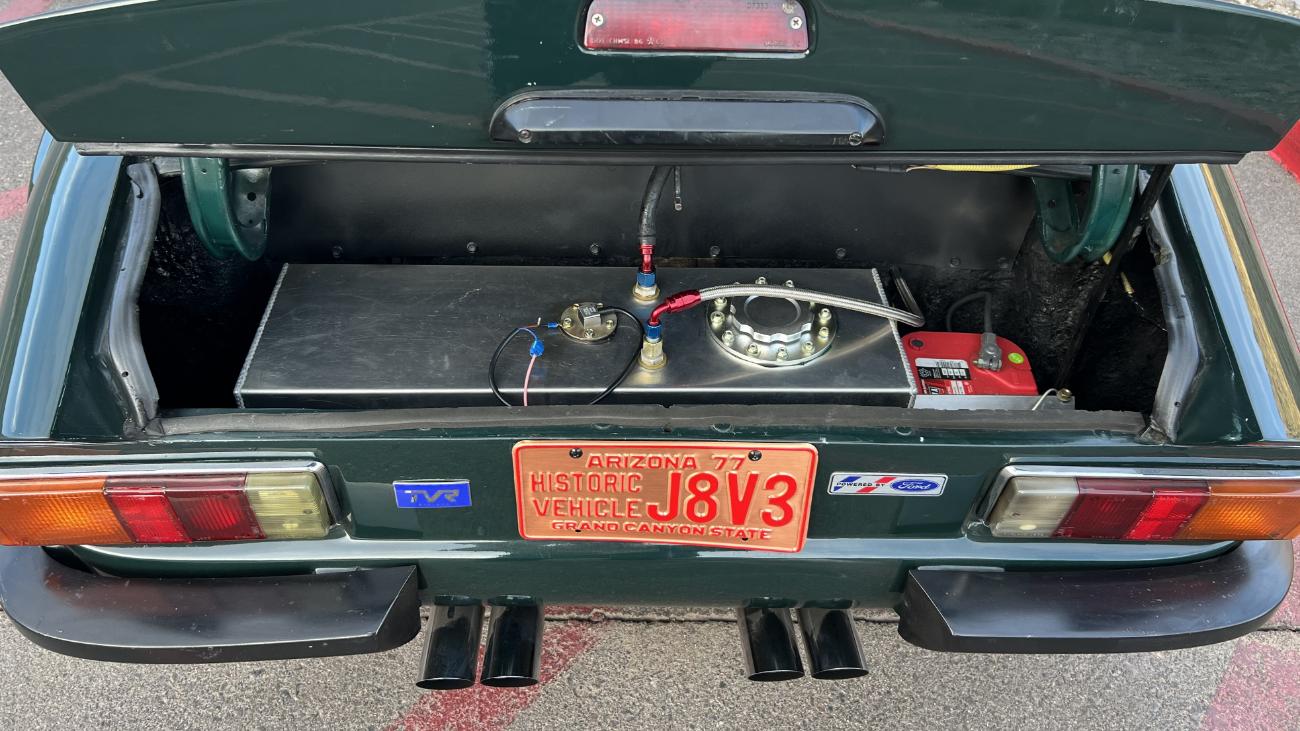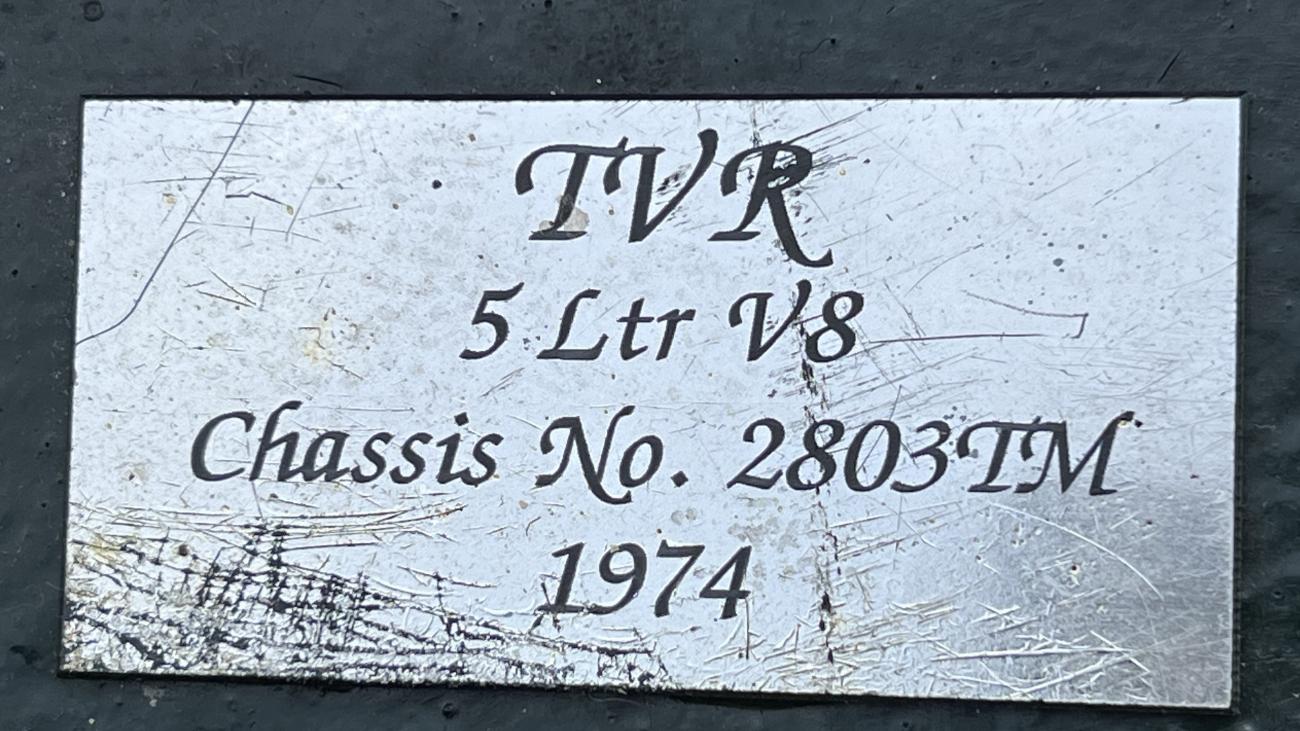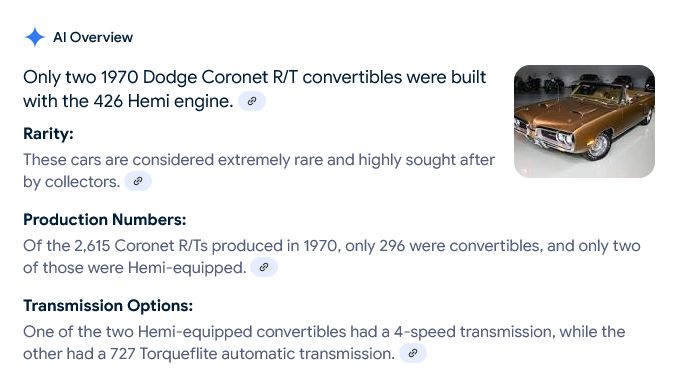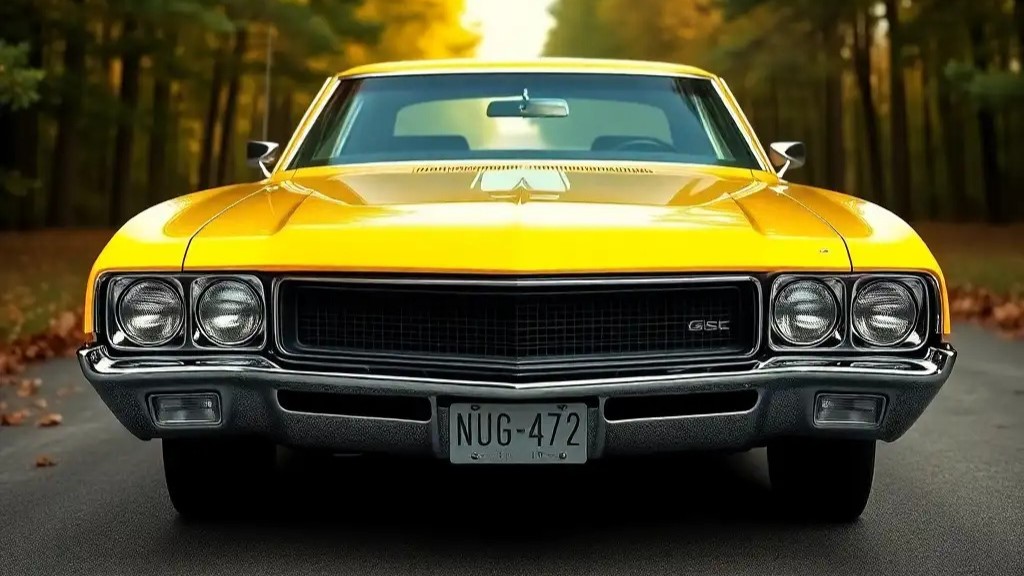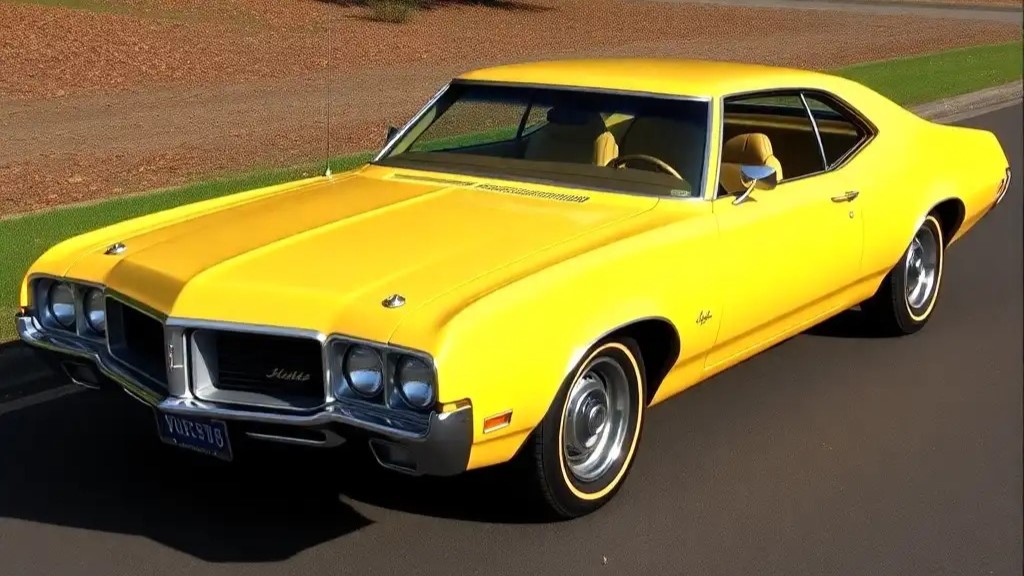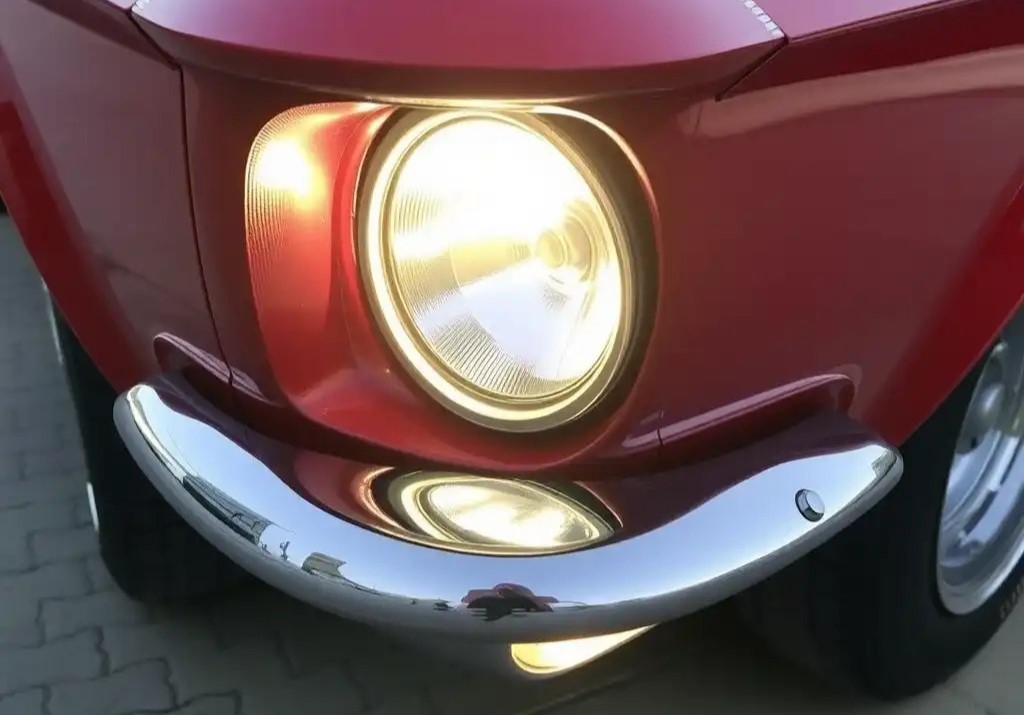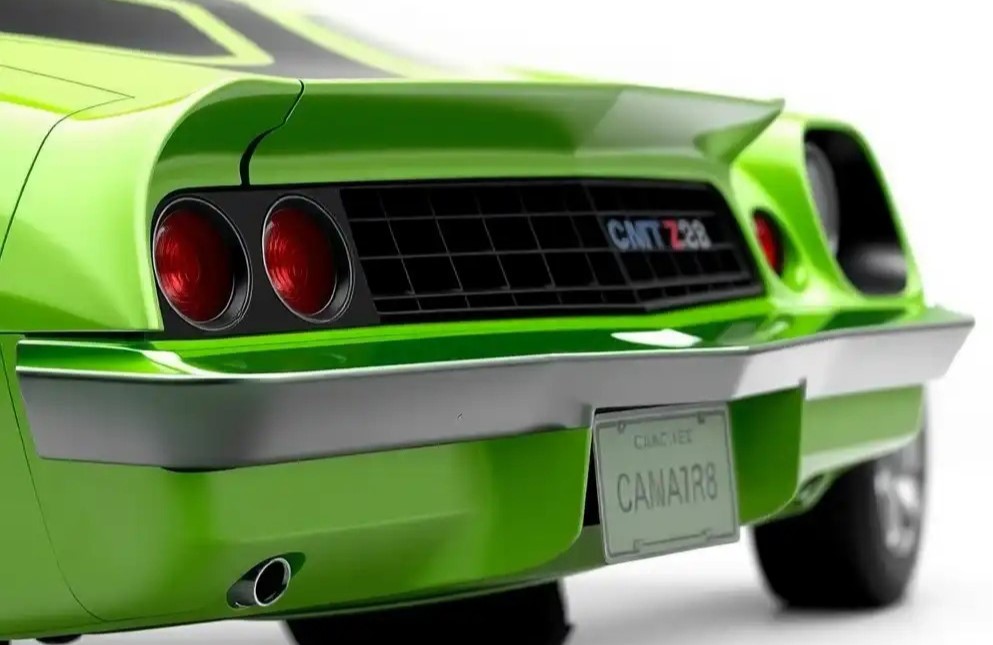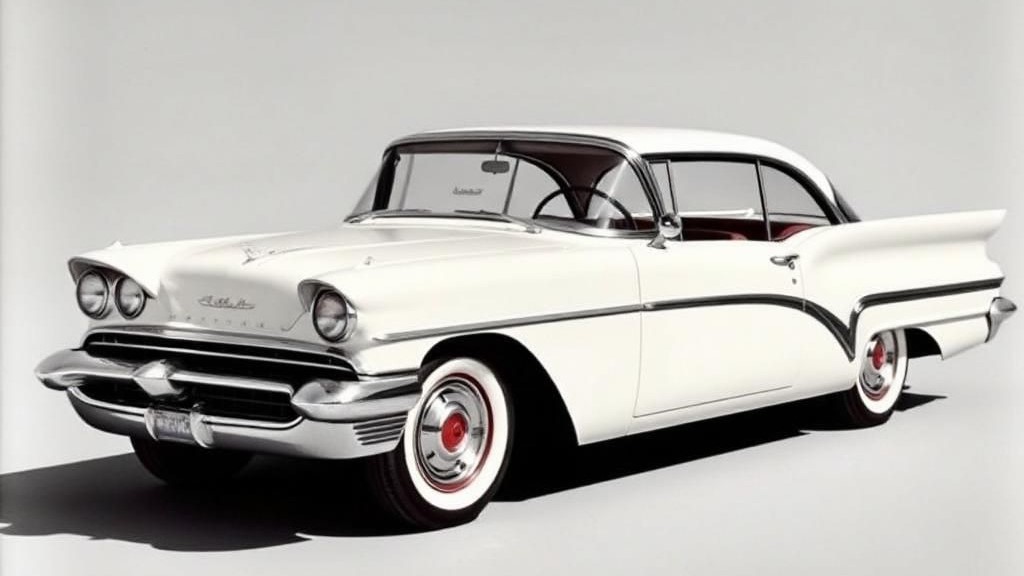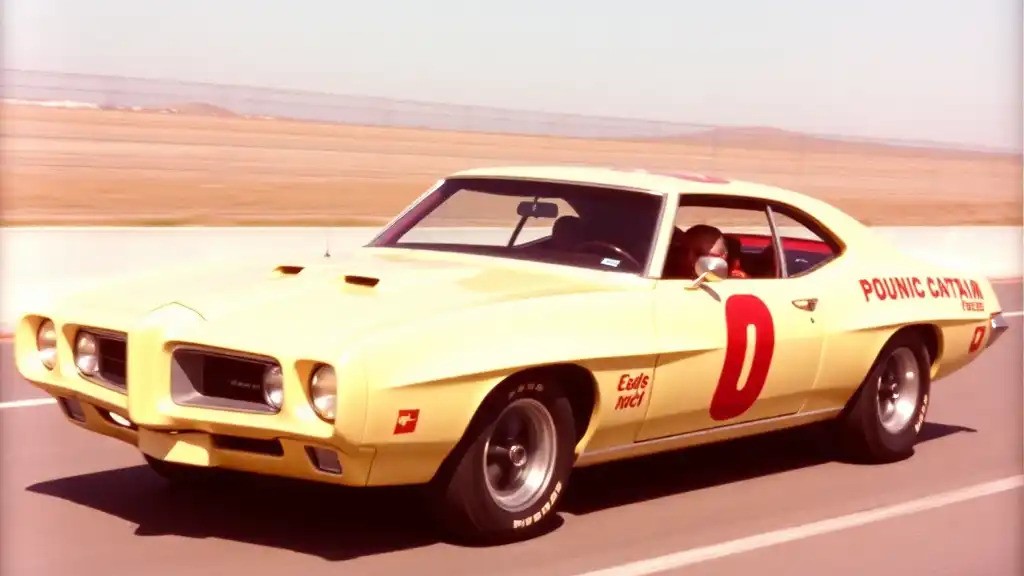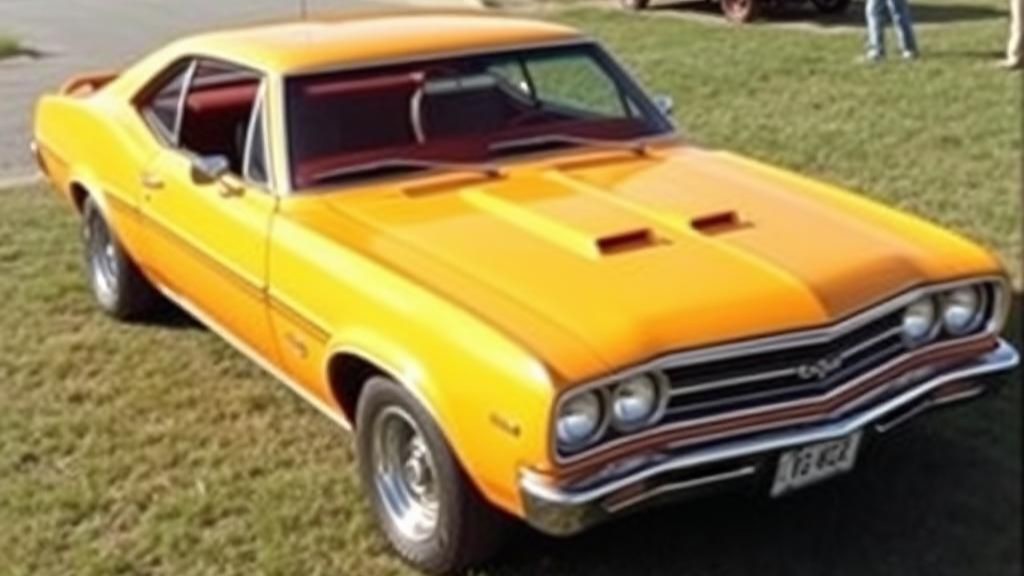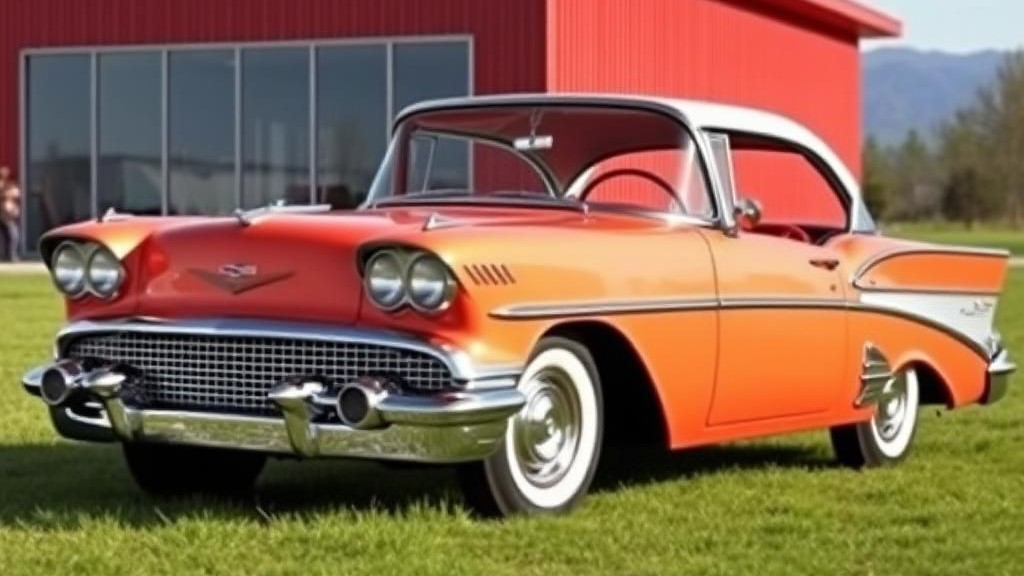The Pontiac GTO had a strong advantage: it was both a Pontiac and was a first-mover in the market, inspiring competing brands to bring out their own performance models. However, the GTO also was a victim of General Motors’ success, as GM had instituted several edicts to maintain its stature without the roving eye of the federal government. How the GTO managed to compete with its special mix of strengths while developing some new ones is nicely reflected by this 1969 Pontiac GTO Ram Air IV that will go on the block at the Barrett-Jackson 2025 Palm Beach Auction April 24-26, 2025 at the South Florida Fairgrounds.
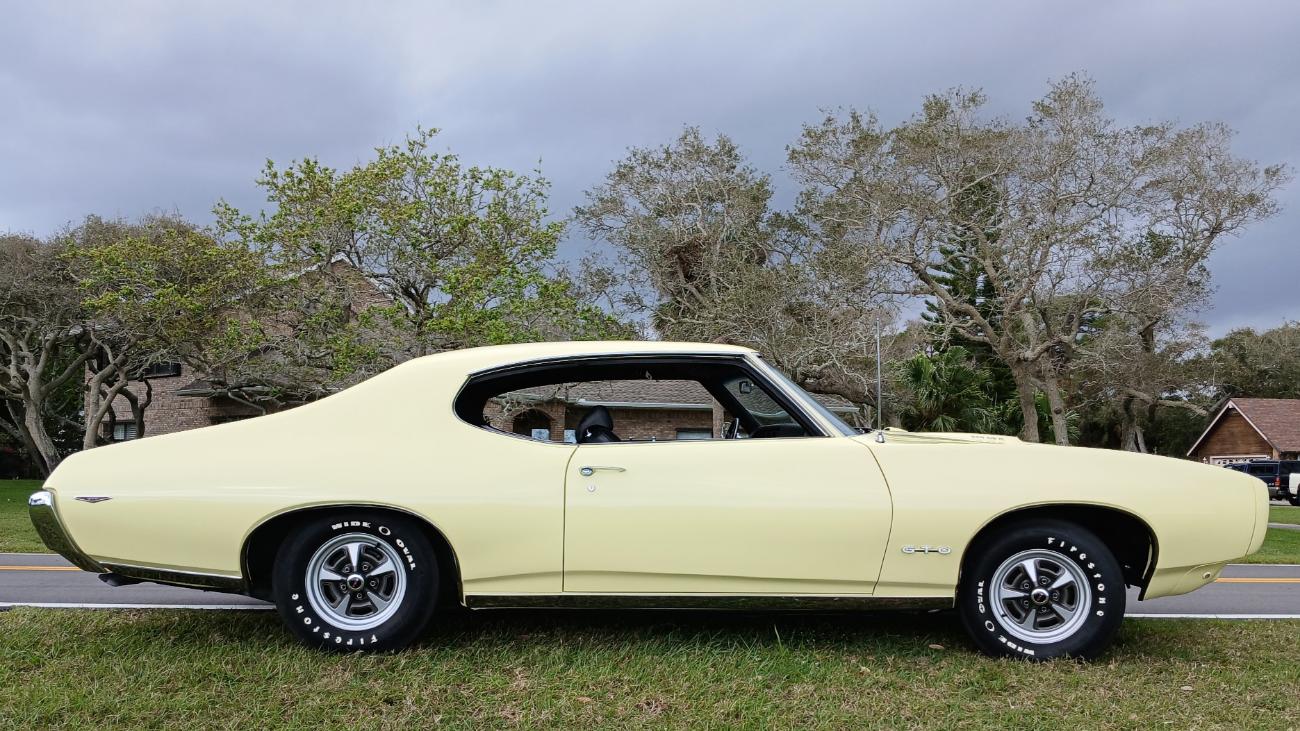
Being a Pontiac in 1964 was like being the popular guy at school—everyone wants to be like you and be around you. Pontiac had the strongest image and styling, which brought the brand up to #3 in sales. That was quite an achievement for a scrappy company that featured fewer dealerships and a higher market position than Plymouth, the traditional #3. And, when the GTO was introduced, it led to a host of copycats that lasted well into the 1970s (even when high-performance was gasping for breath).
Then, there’s the first-mover effect, which often gives a company market advantages not seen by those who follow. It’s doubtful Pontiac would have been able to predict the me-toos that were to come for 1965, but nonetheless the company was able to establish market dominance with a formula that served as a template.

Combine the two and you had a performance model with strong styling and performance, the latter thanks to optional Tri-Power. However, a hint of the GTO’s disadvantage was becoming apparent, and it was magnified for 1967 when GM removed the availability of Tri-Power, instead using the new Rochester Quadrajet. By the middle of 1968, the disadvantage was even greater. GM had enacted an edict in 1964 that limited the cubic-inches of cars in a certain class, so while that Mopar may have had 426 and 440 engines, and Ford a 427 and 428, Pontiac had to make do with a 400 despite offering a 421 and 428 during the same few years.
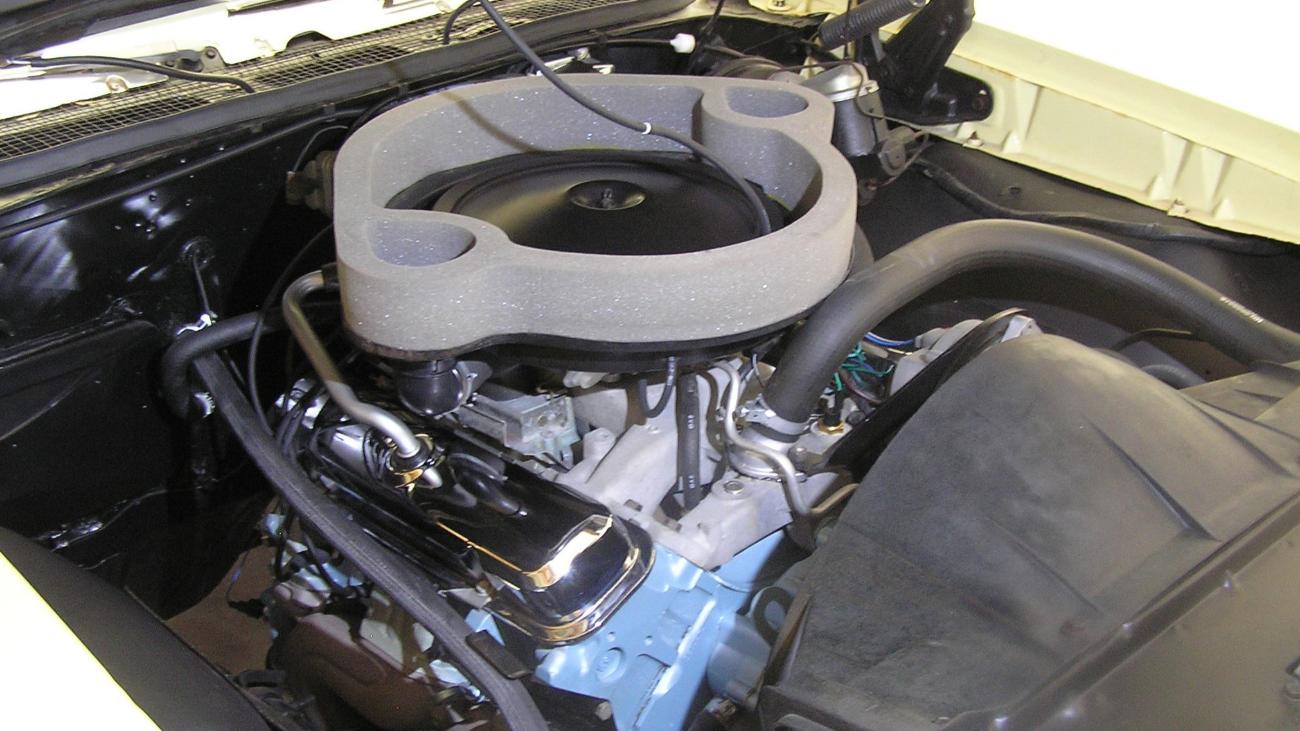
The way Pontiac worked around this was to improve engine breathing by evolving its cylinder head design, plus having efficient exhaust manifolds didn’t hurt either. The first of the round-port heads came in April 1968 and was called the Ram Air II; after some tweaks, it was called Ram Air IV for 1969-70. These are considered the fastest-ever GTOs out of the showroom, able to take on larger cubes despite the size handicap.
This numbers-matching, Mayfair Maize 1969 Pontiac GTO Ram Air IV is one of 700 hardtops built with the Ram Air IV engine (297 of those being Judges). A M21 close-ratio four-speed backed by 4.33 gears is how the first owner spec’d it out, though a subsequent owner has installed a 12-bolt rear with 3.31 gears—easy street, if you will. Features include concealed headlights (with the correct blacked-out grille), Rally II wheels, AM radio, and another fine pioneering item created by Pontiac: the hood-mounted tachometer. Documentation includes the original purchase order, sales contract, window sticker, PHS paperwork, Protect-O-Plate, original California license plate with 1969 registration, engine rebuild invoice, and more.
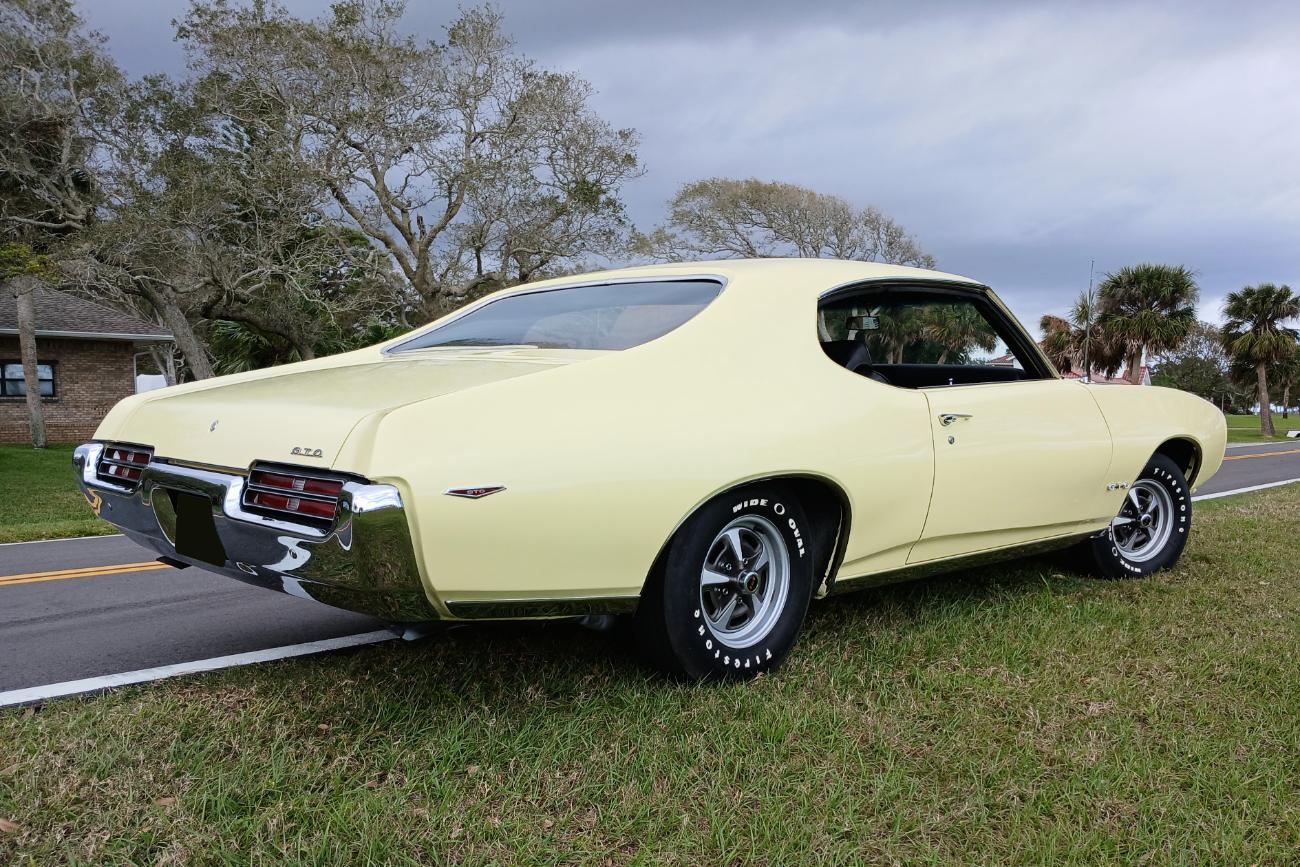
Sure, it wasn’t until 1970 that Pontiac was allowed to install a larger motor, but the 455 was no match for the fancy engineering dedicated to the 400 Ram Air IV. It’s the little engine that could, and you can become its new owner by having the high bid at the Barrett-Jackson 2025 Palm Beach Auction April 24-26, 2025.
Register to bid at the Barrett-Jackson 2025 Palm Beach Auction by checking out these various options. To sell a vehicle, click here to start the consignment process.
